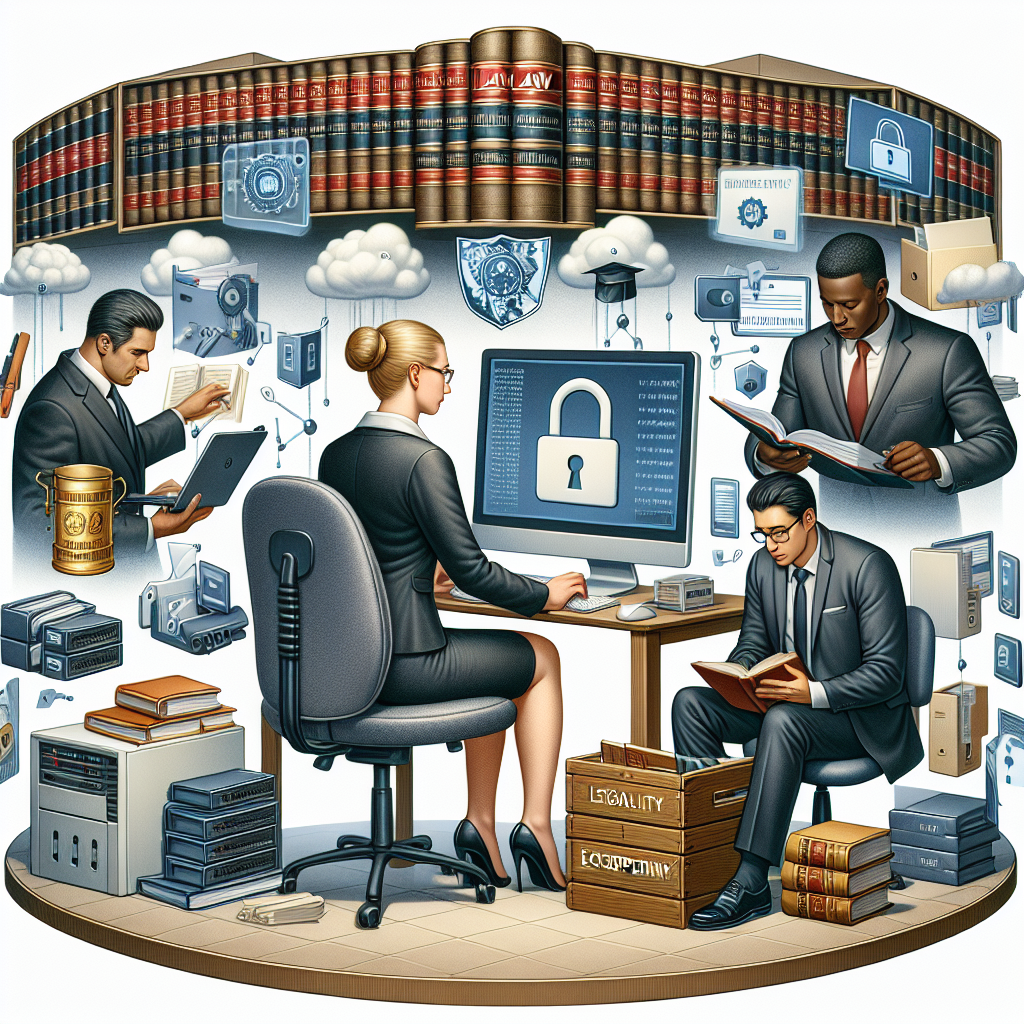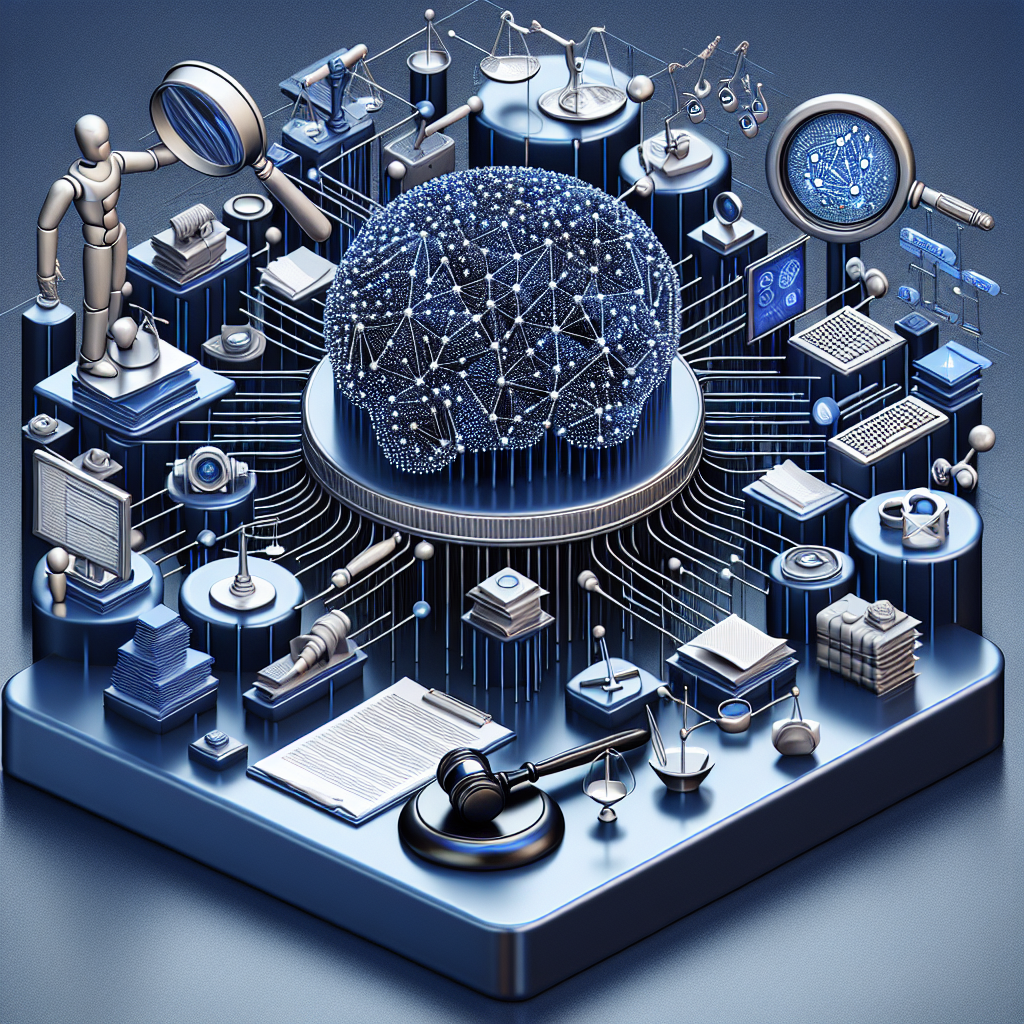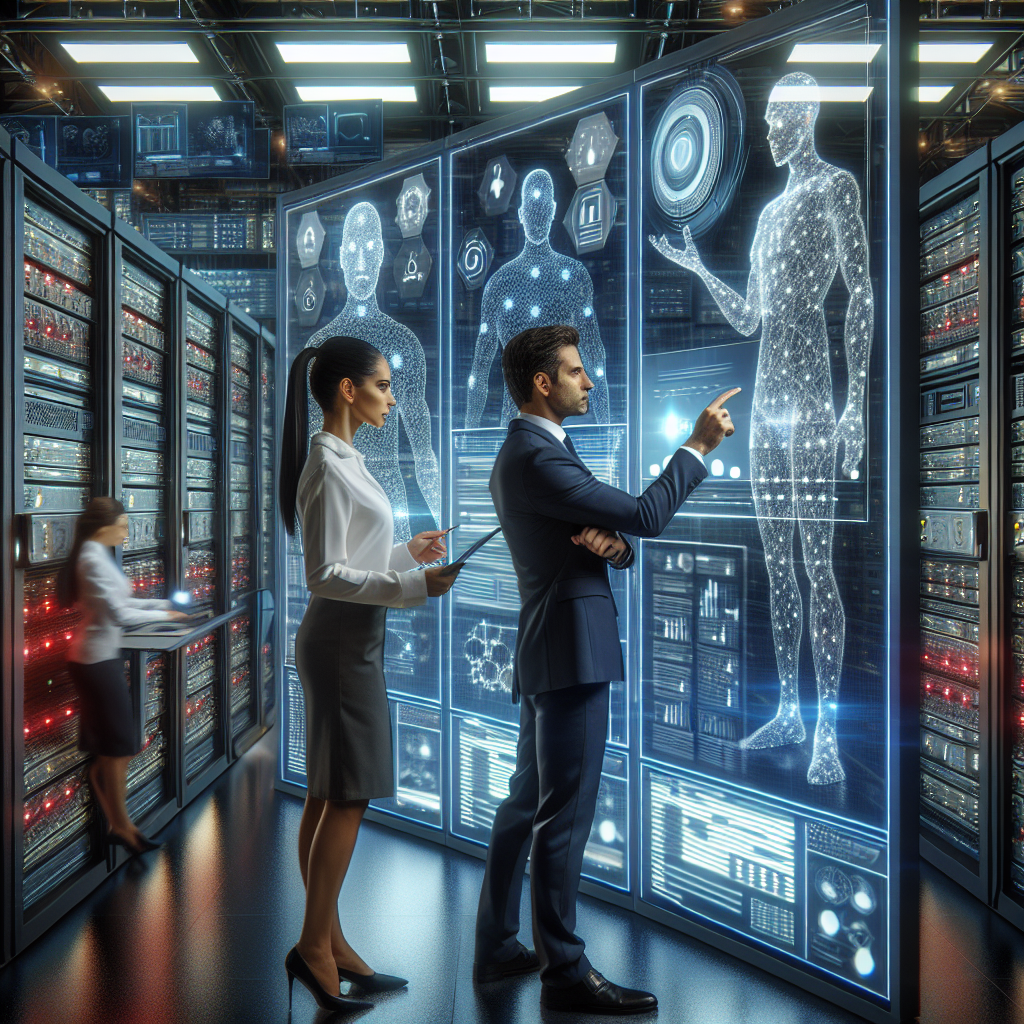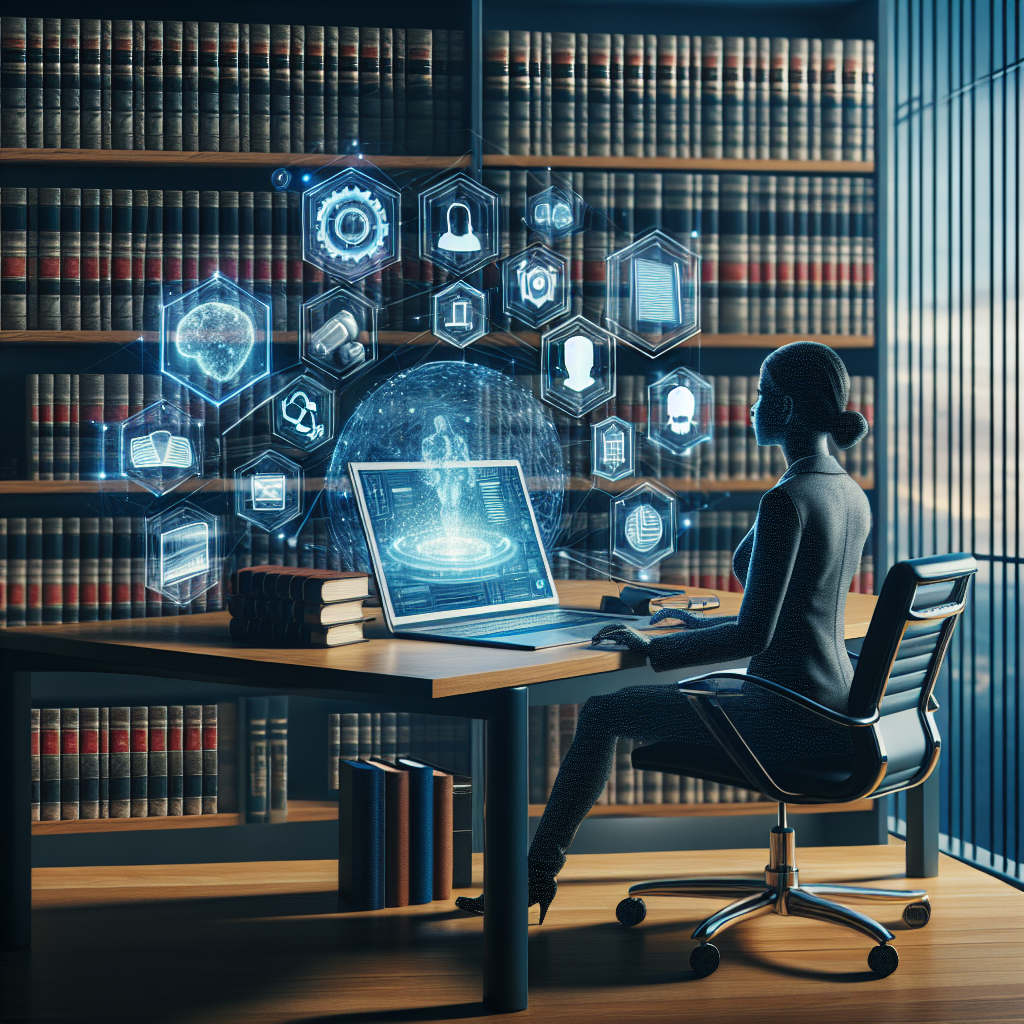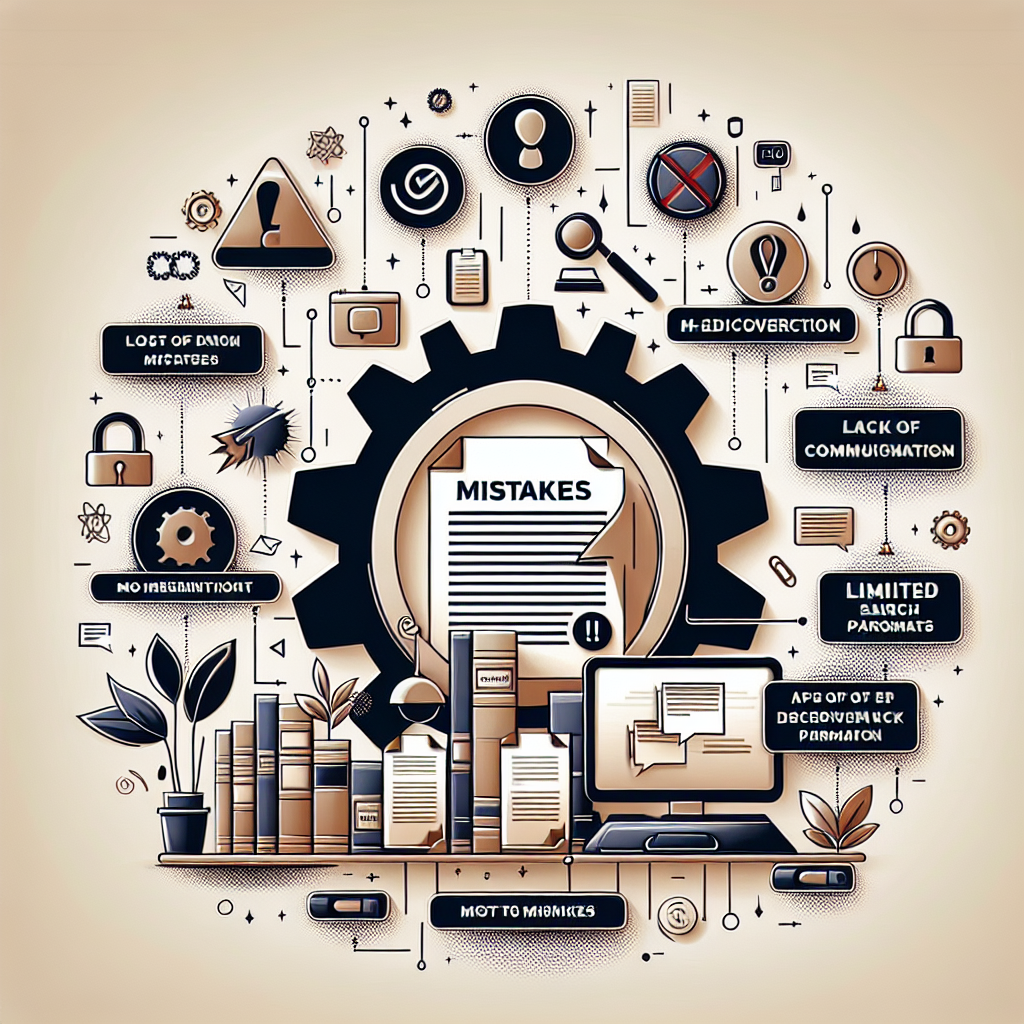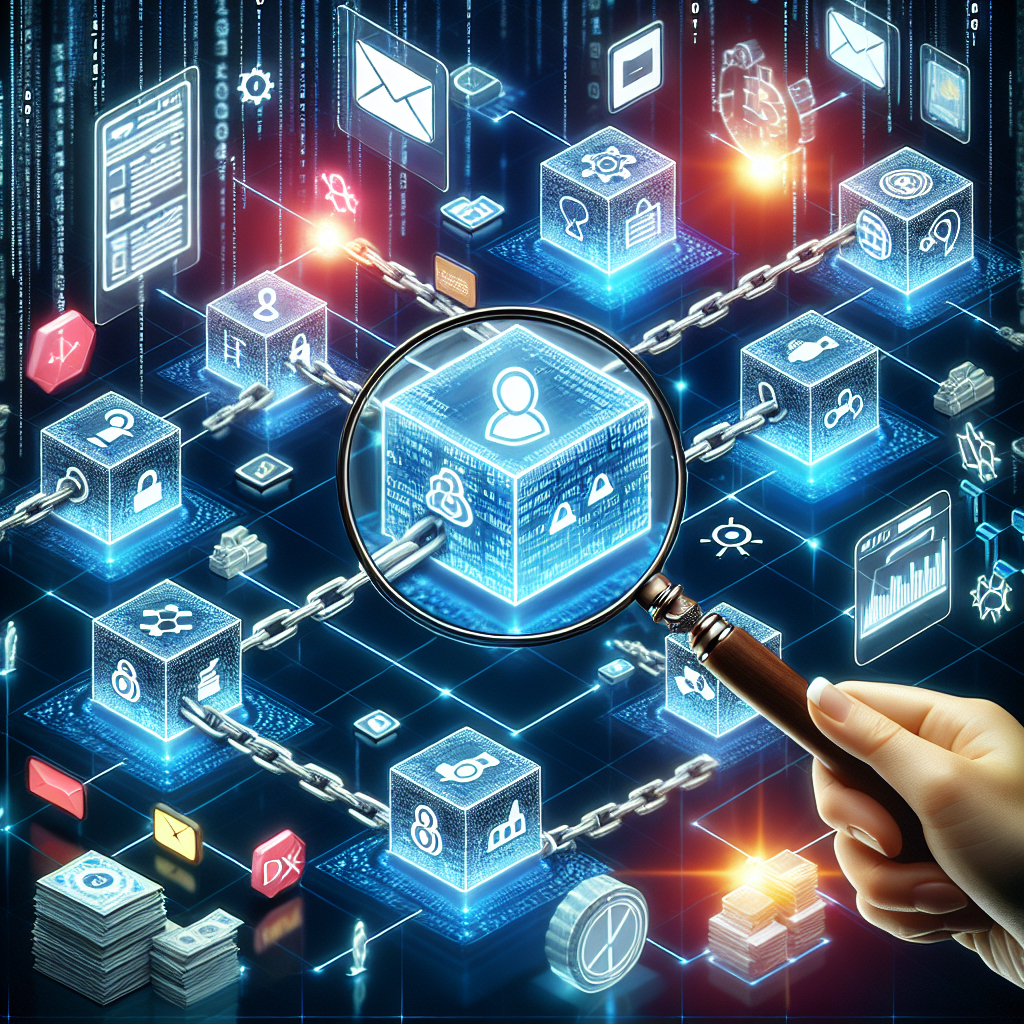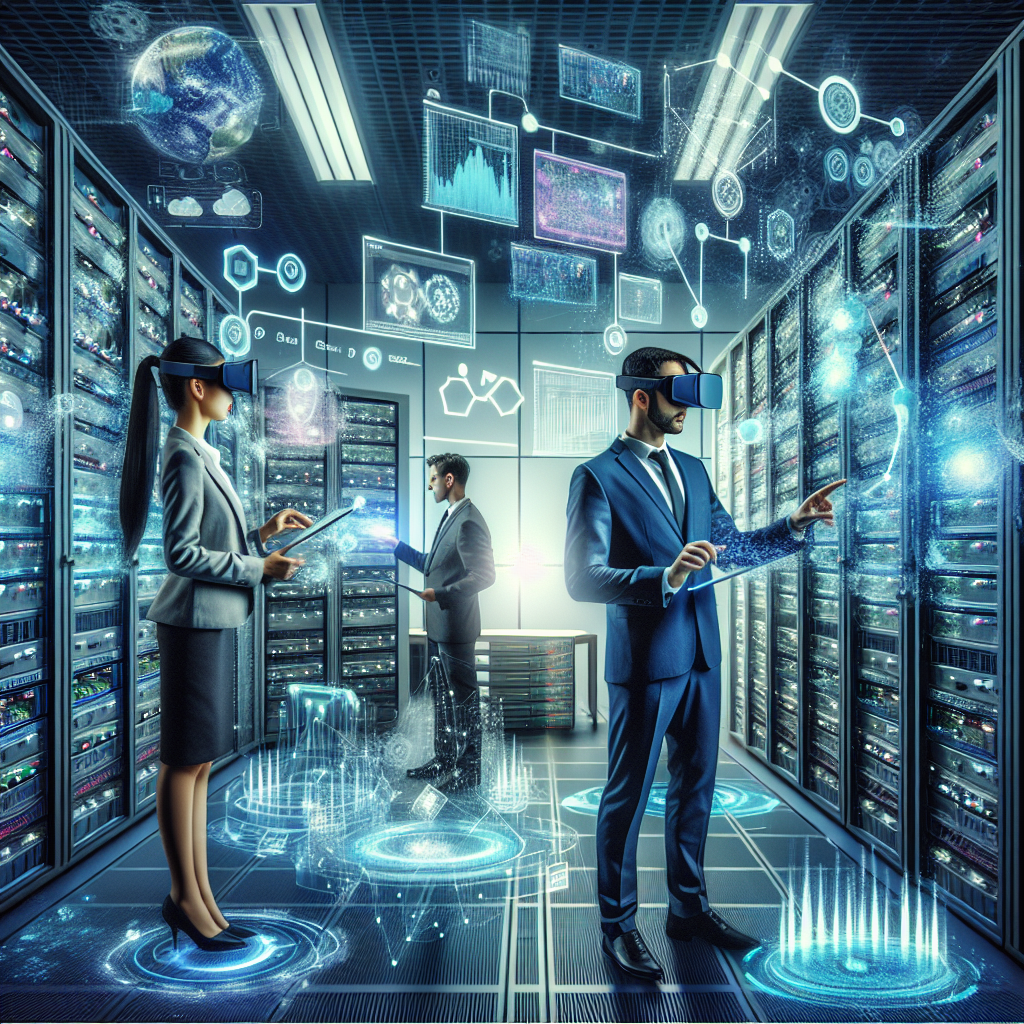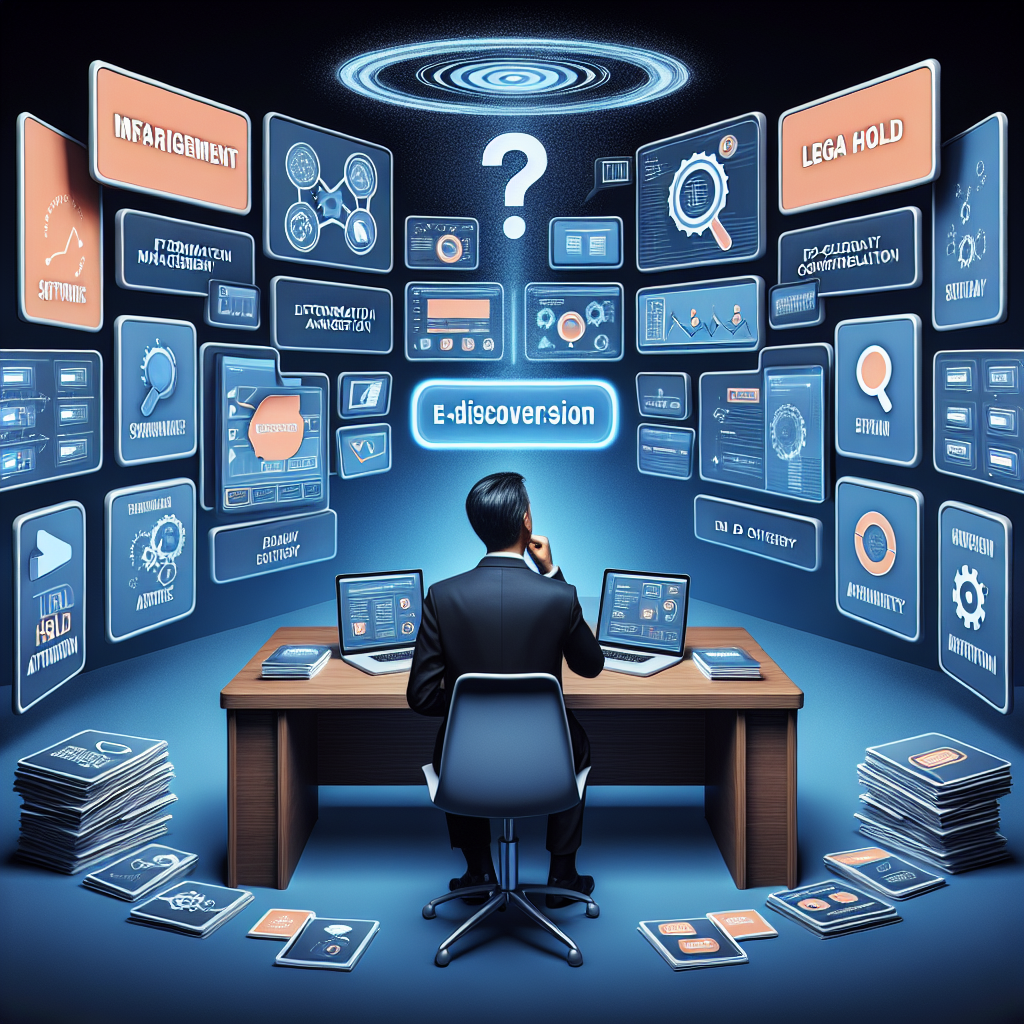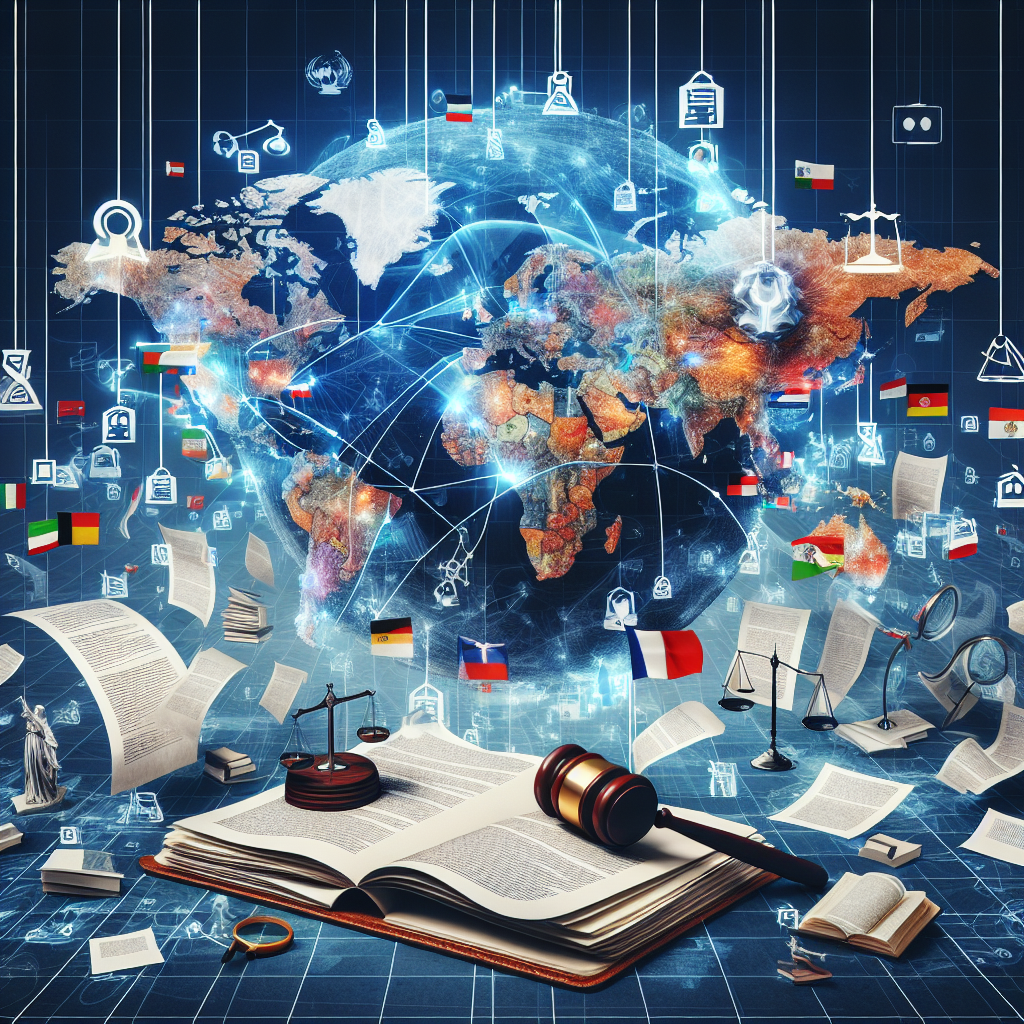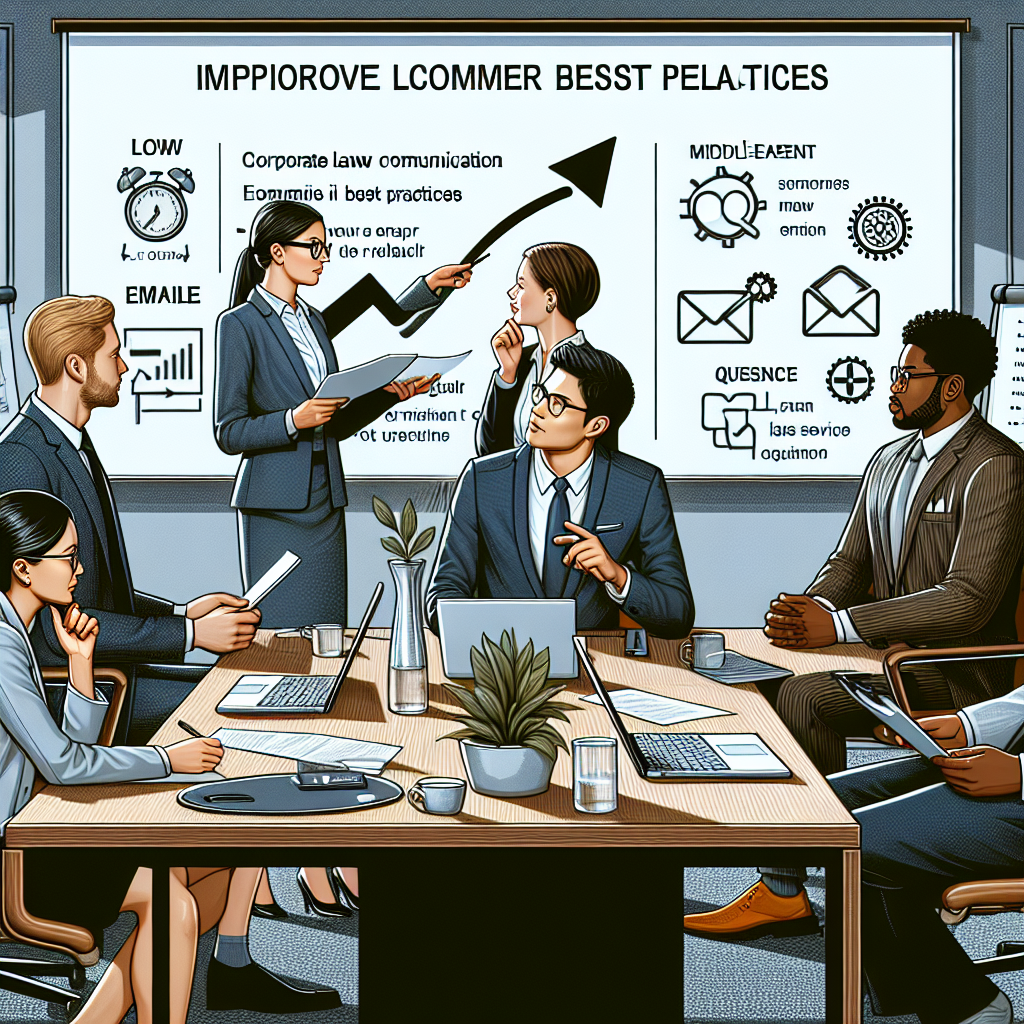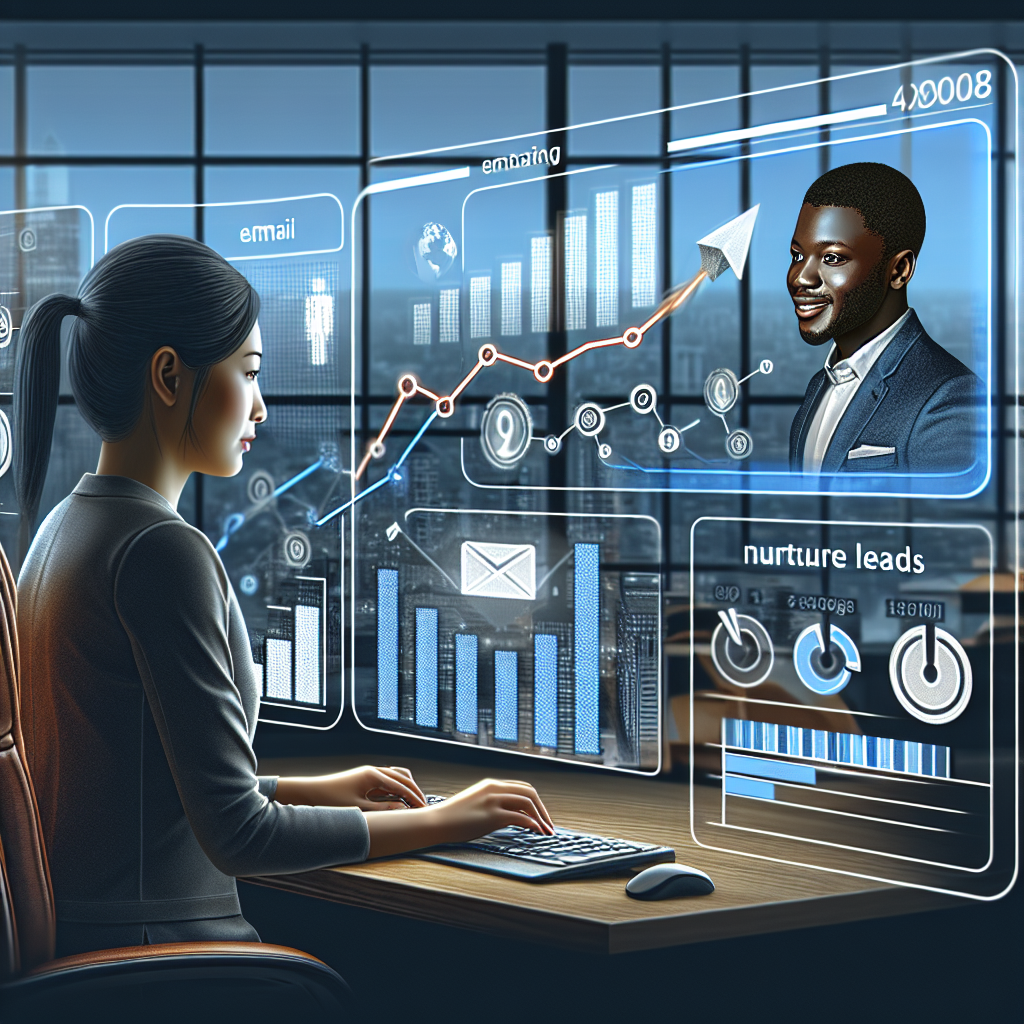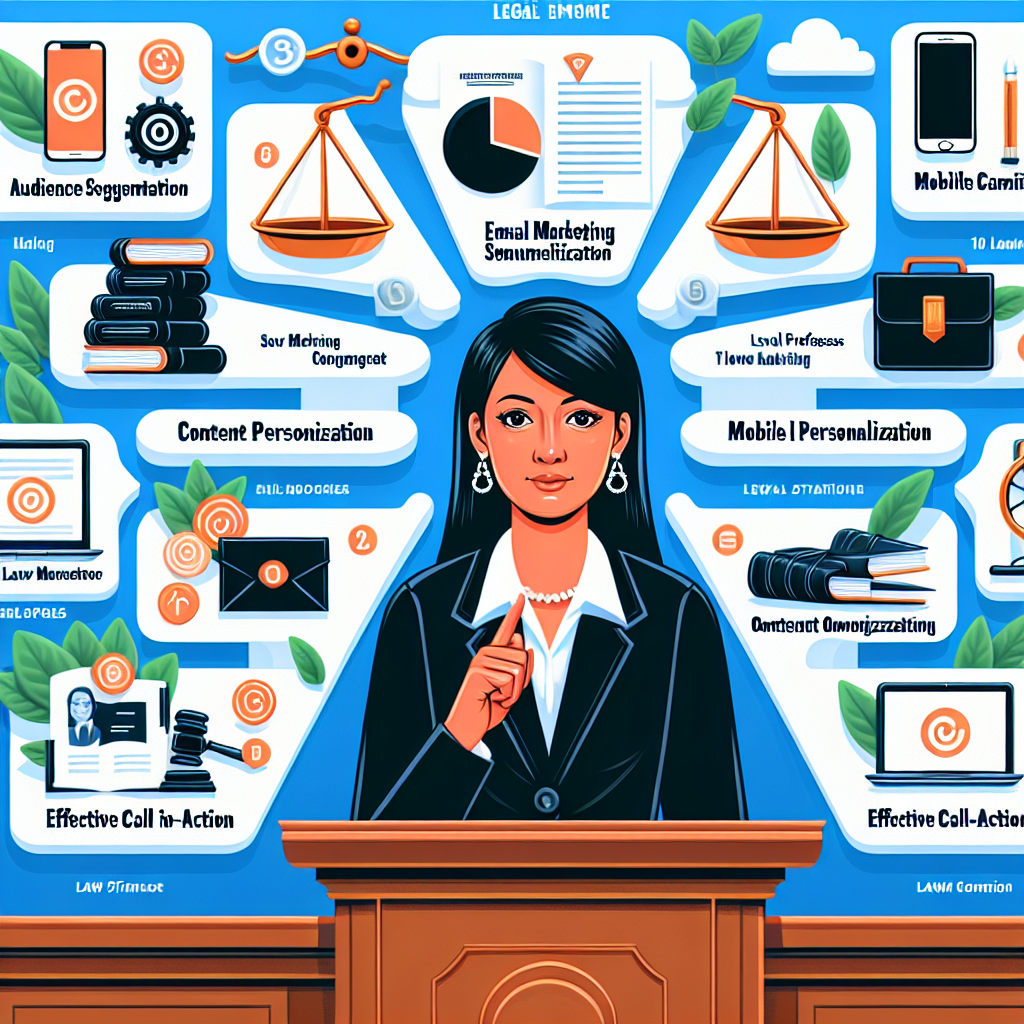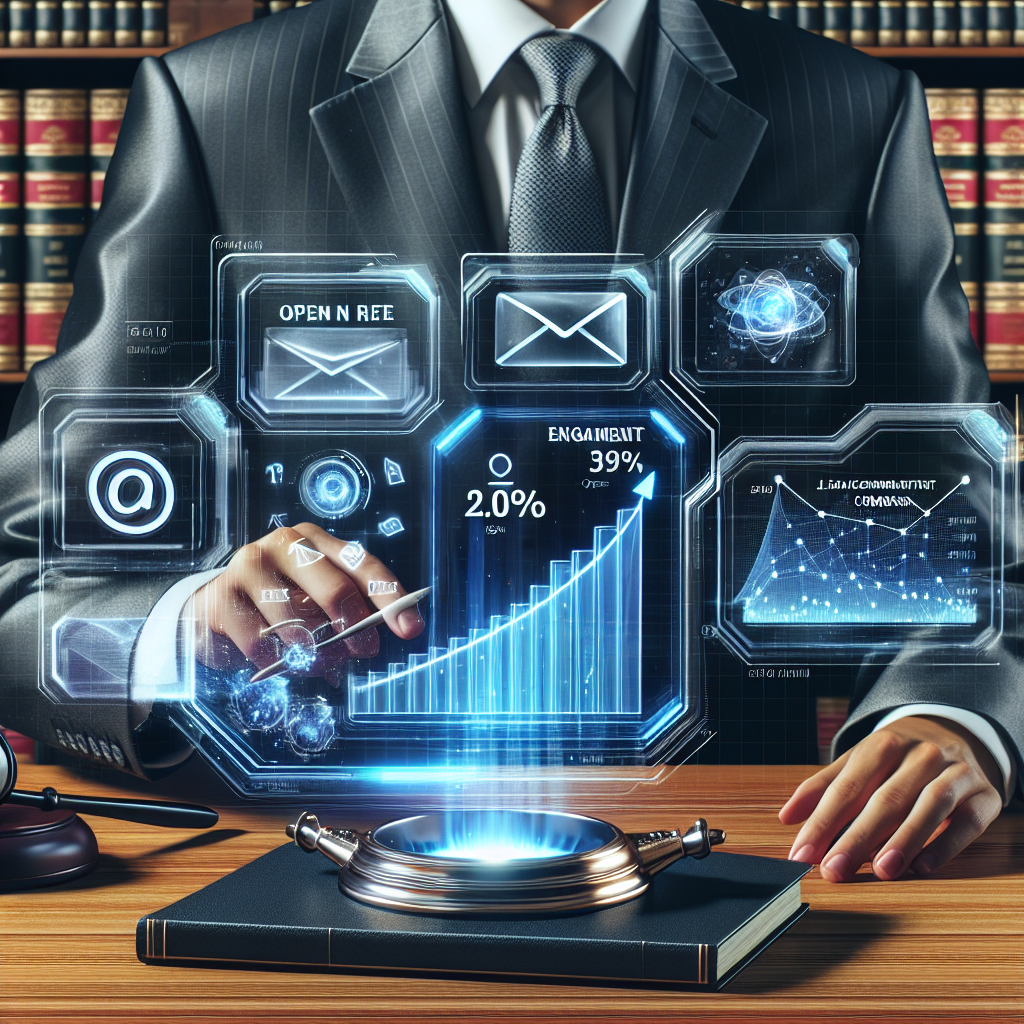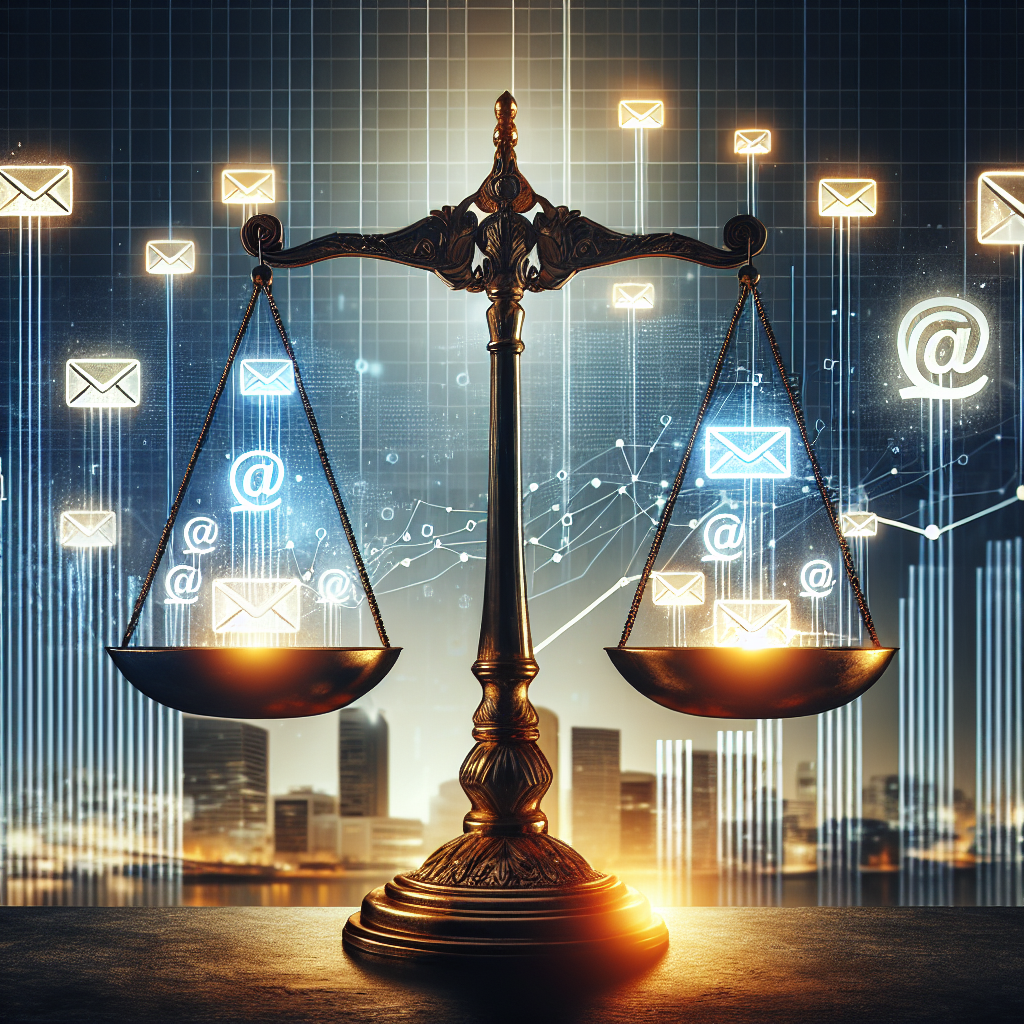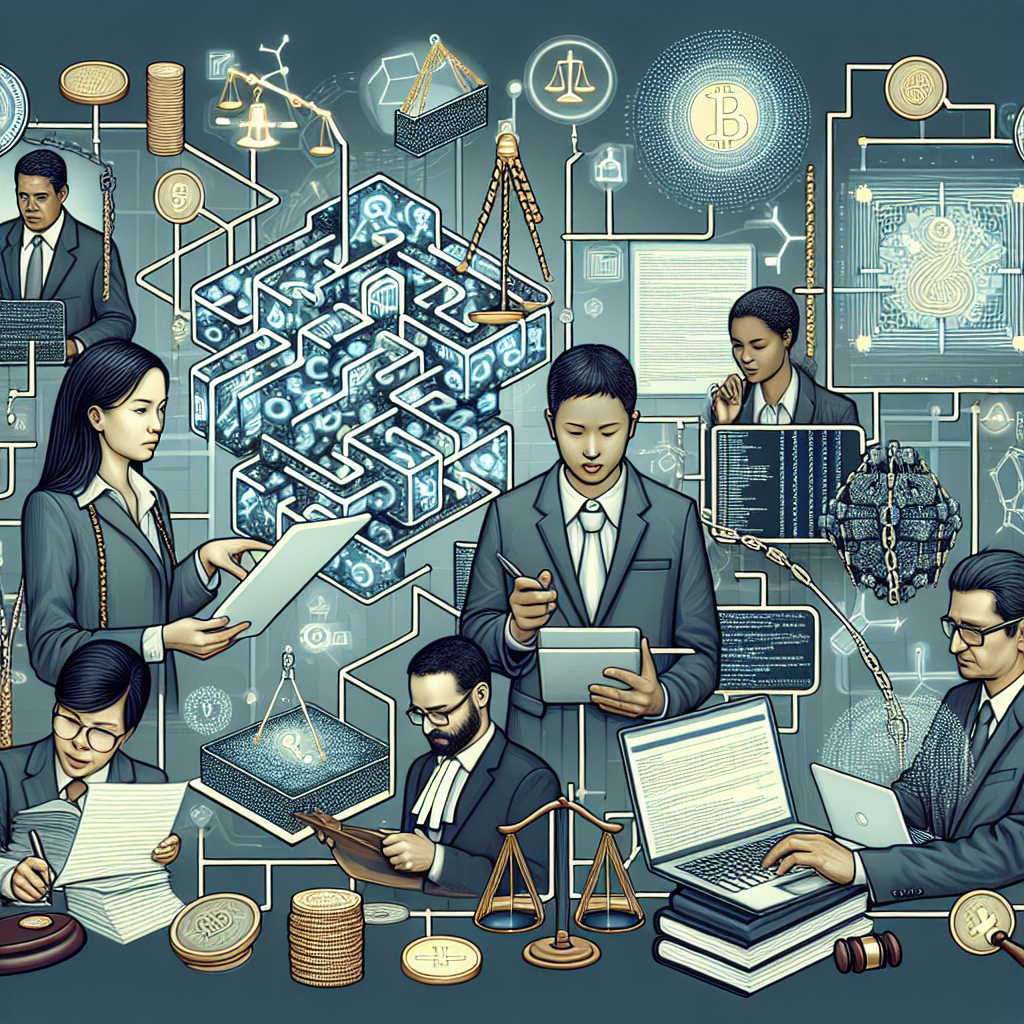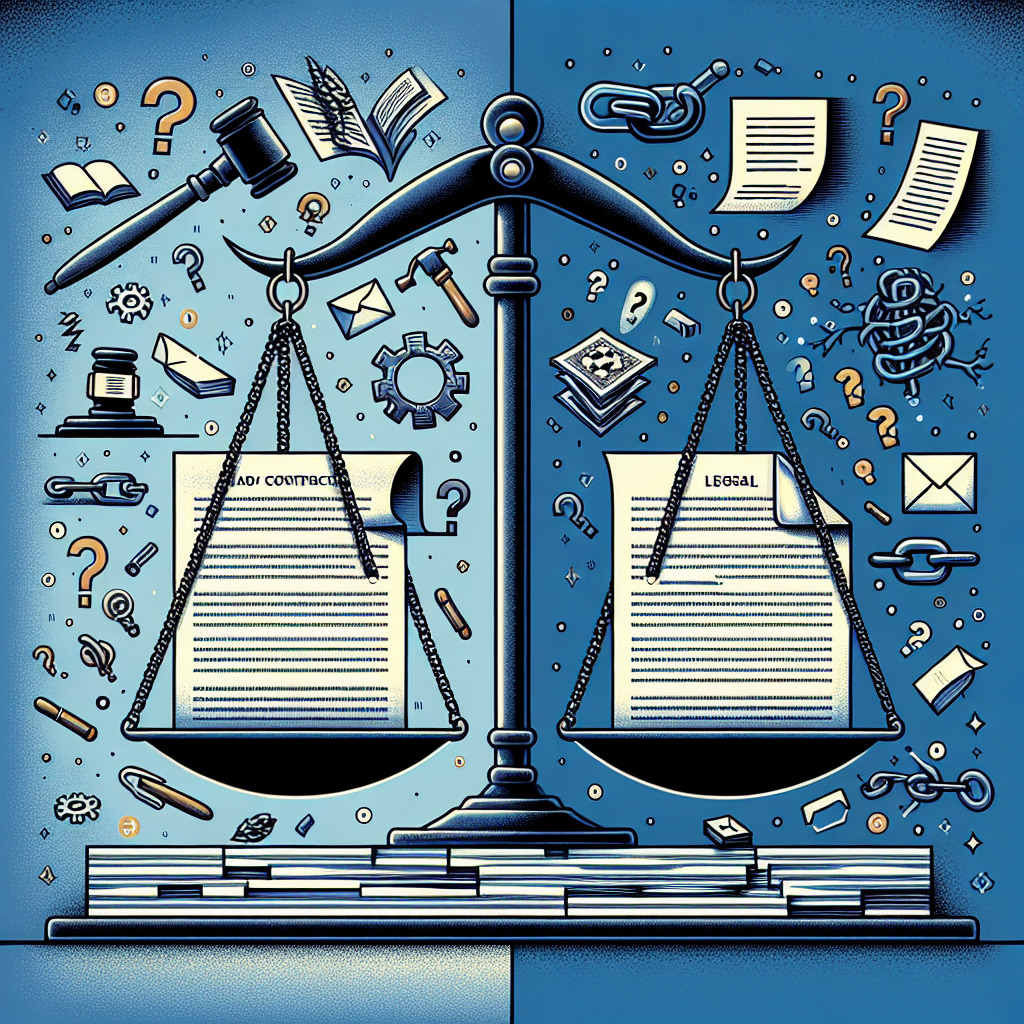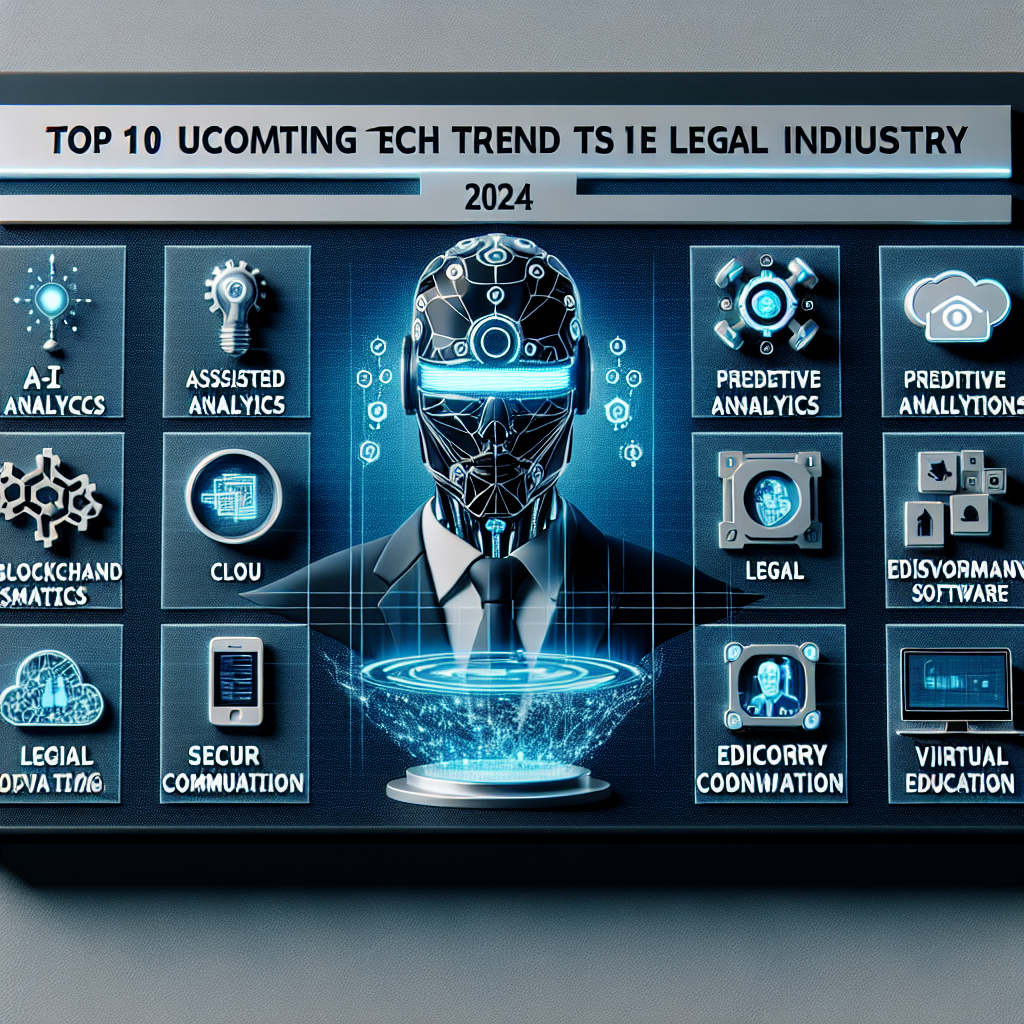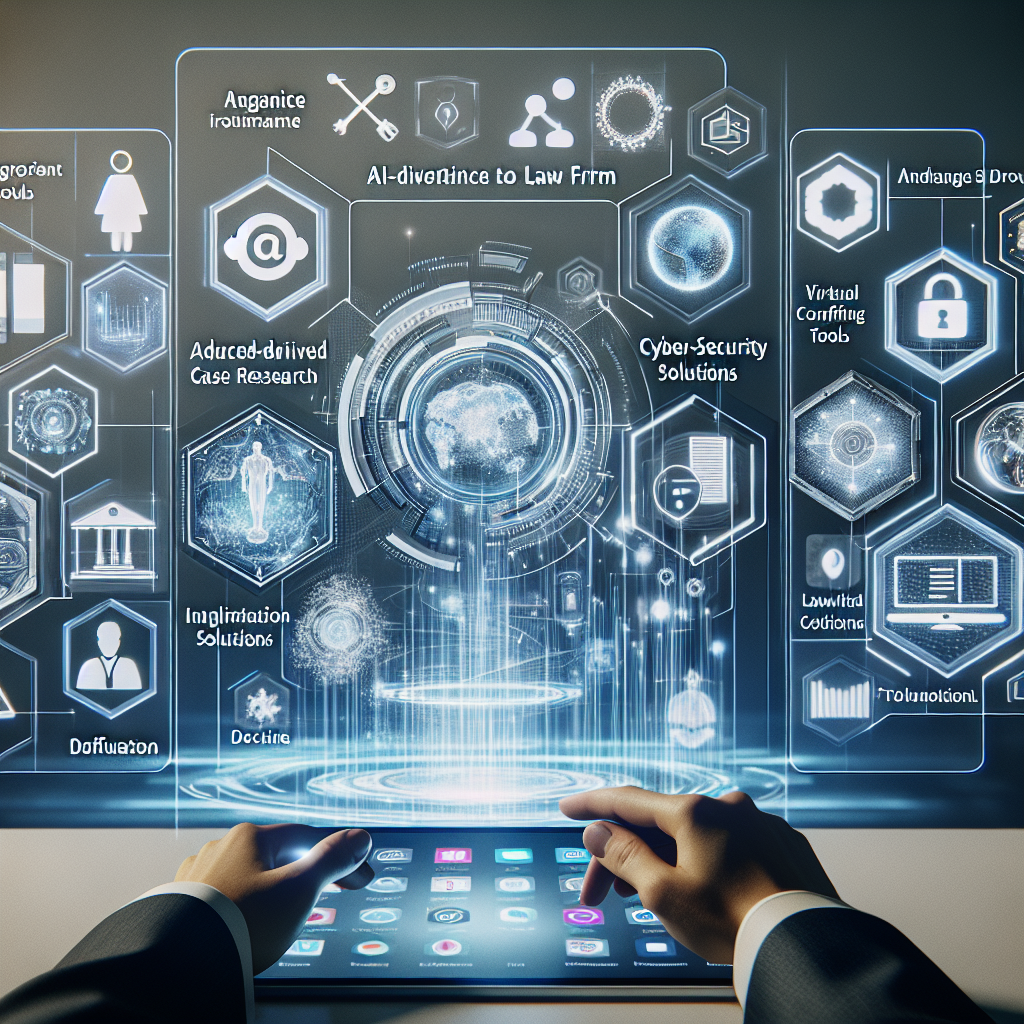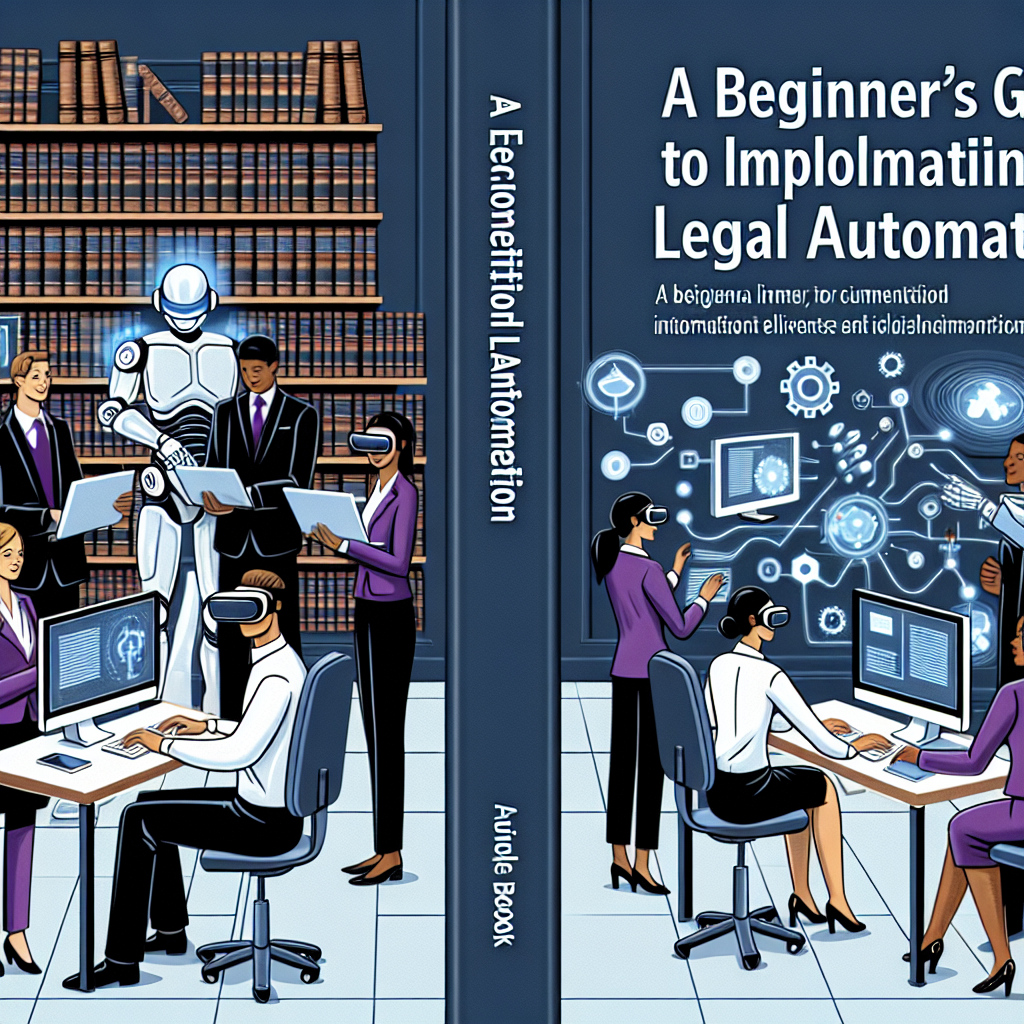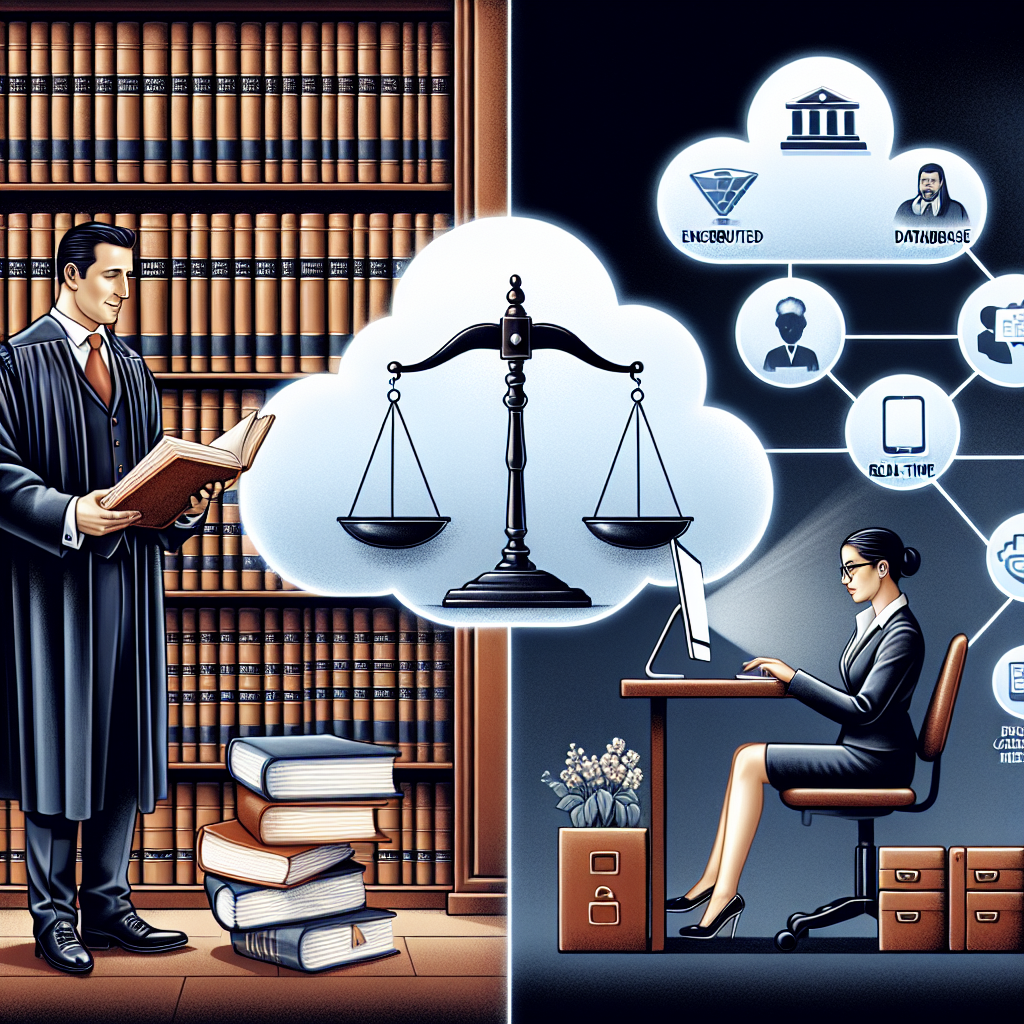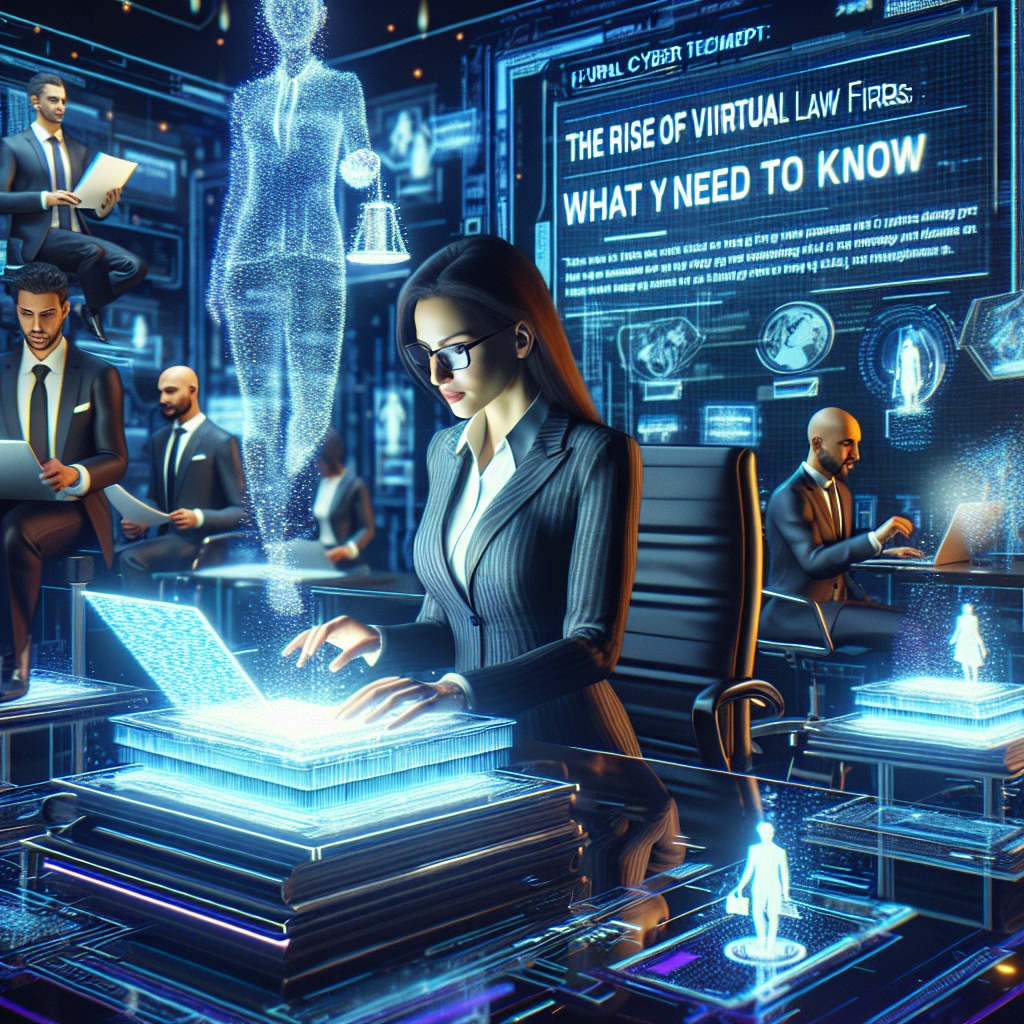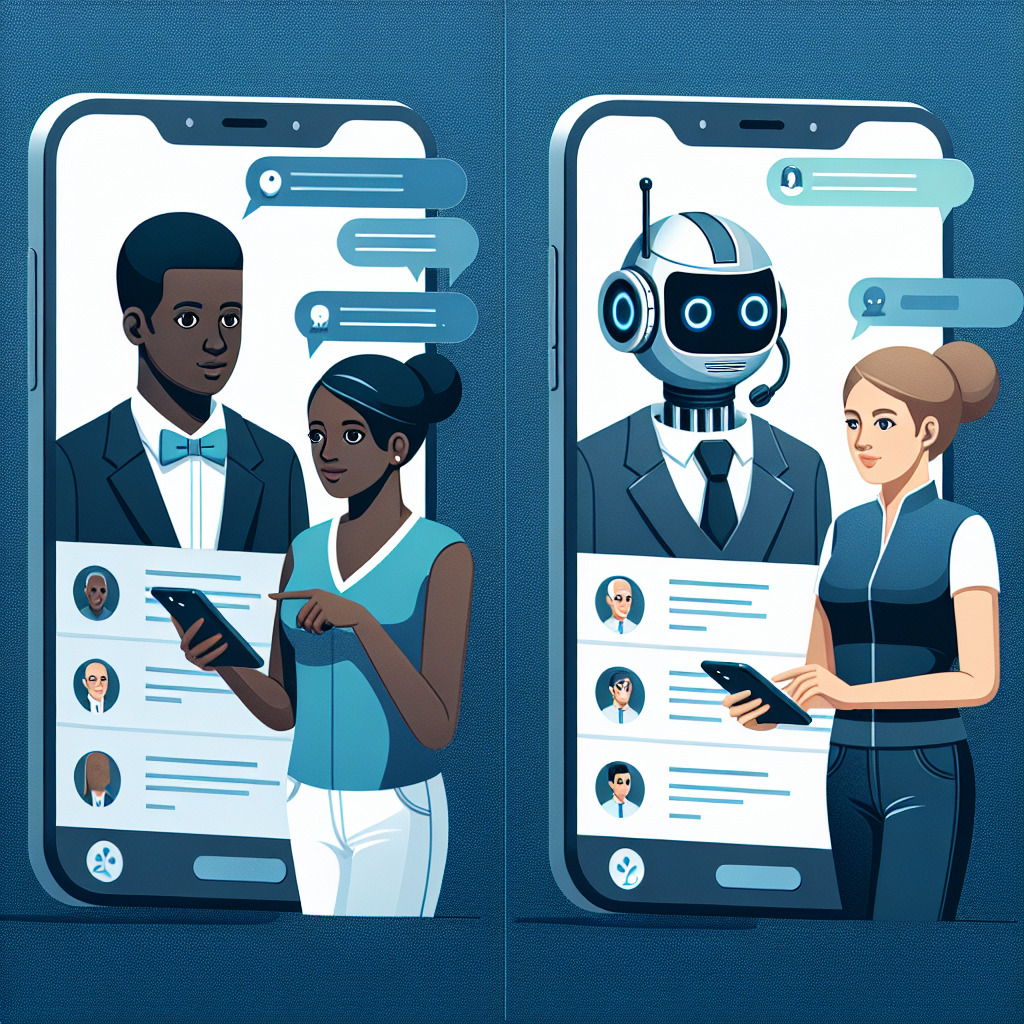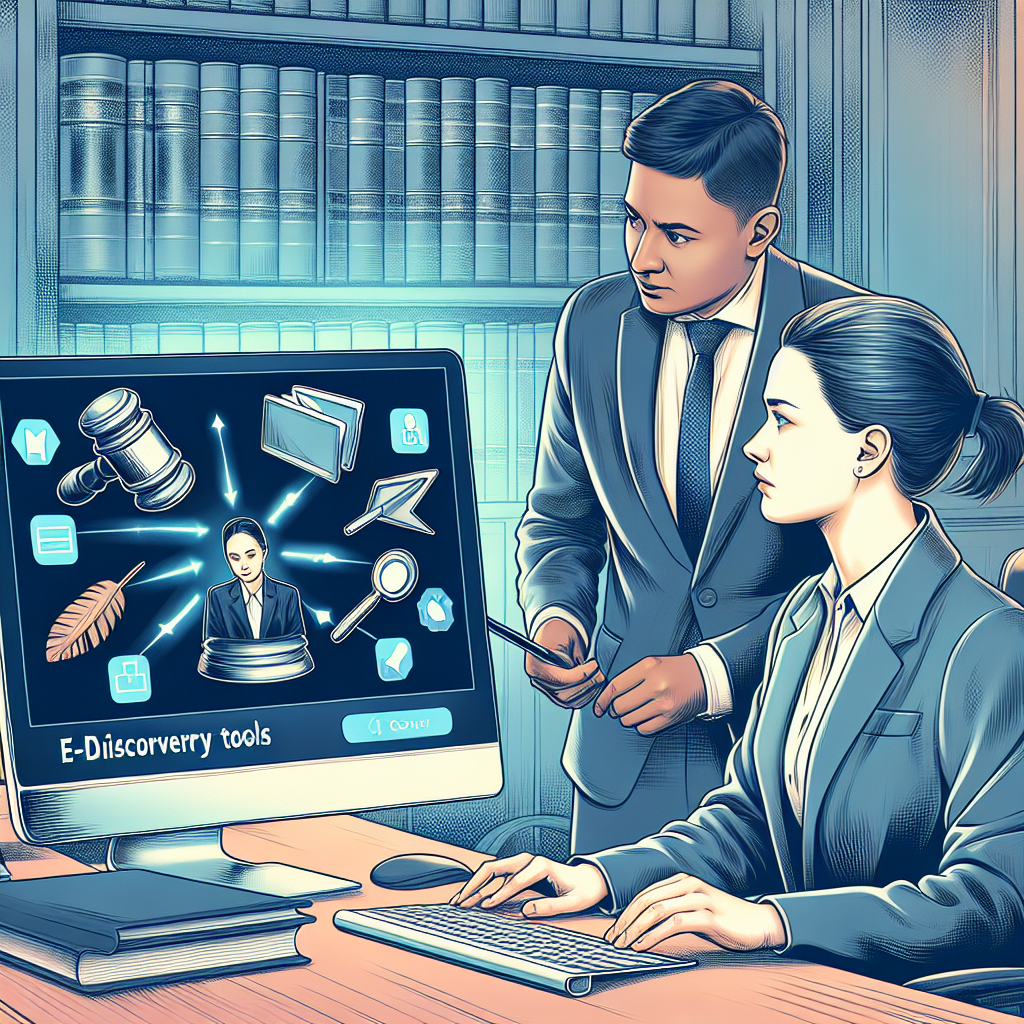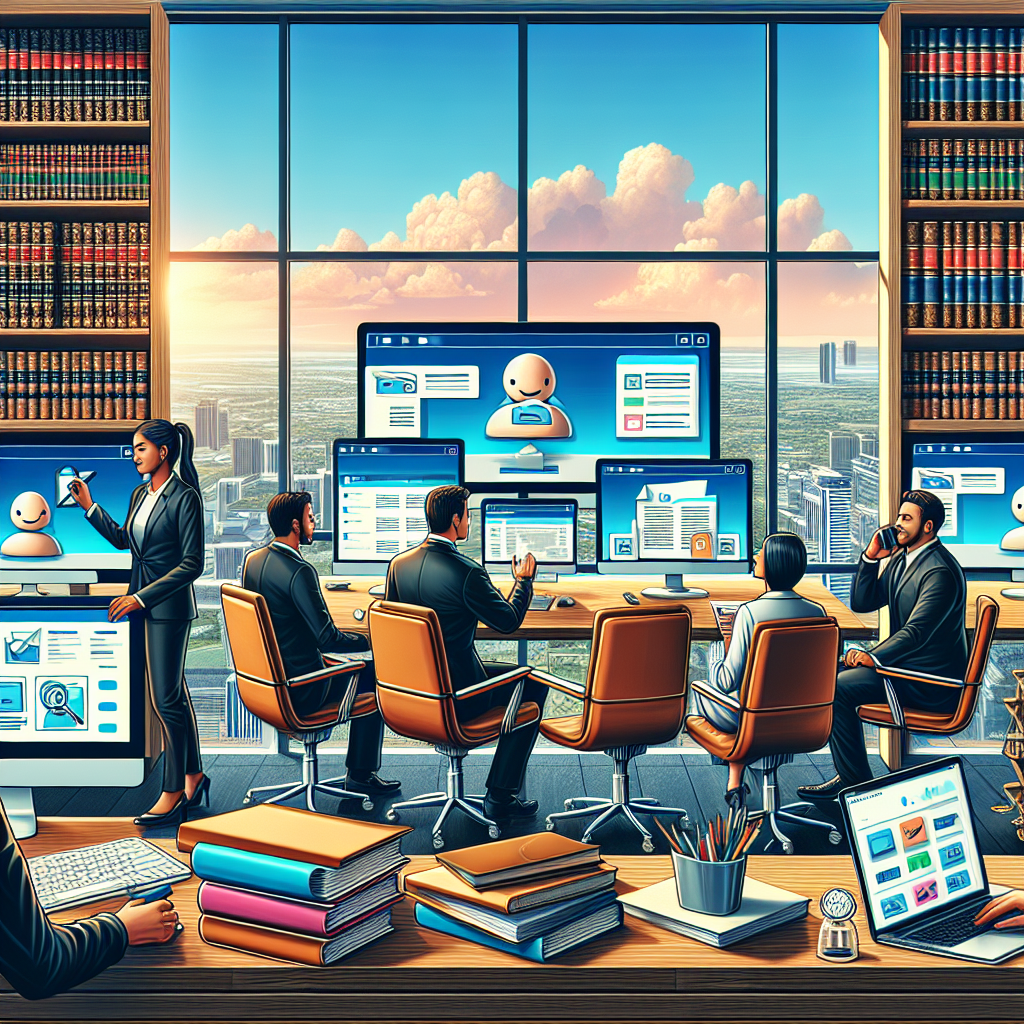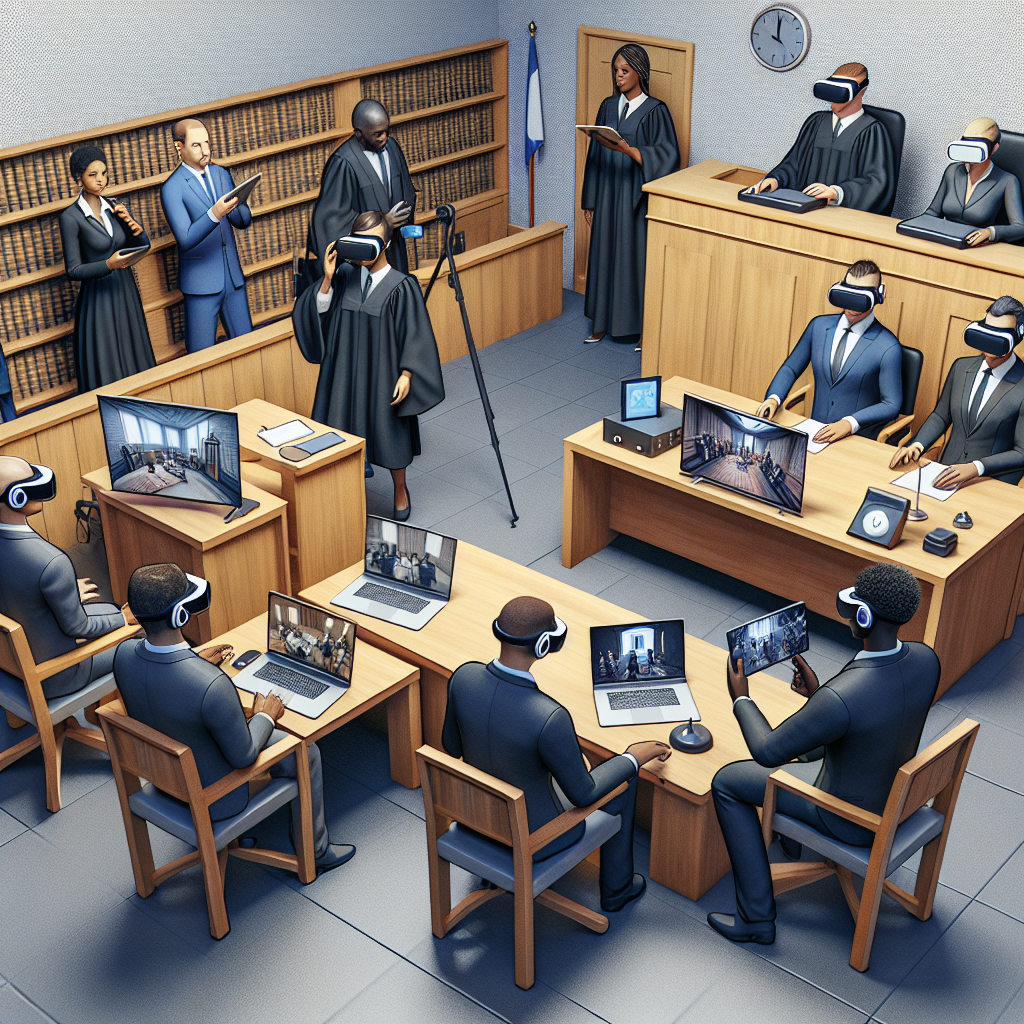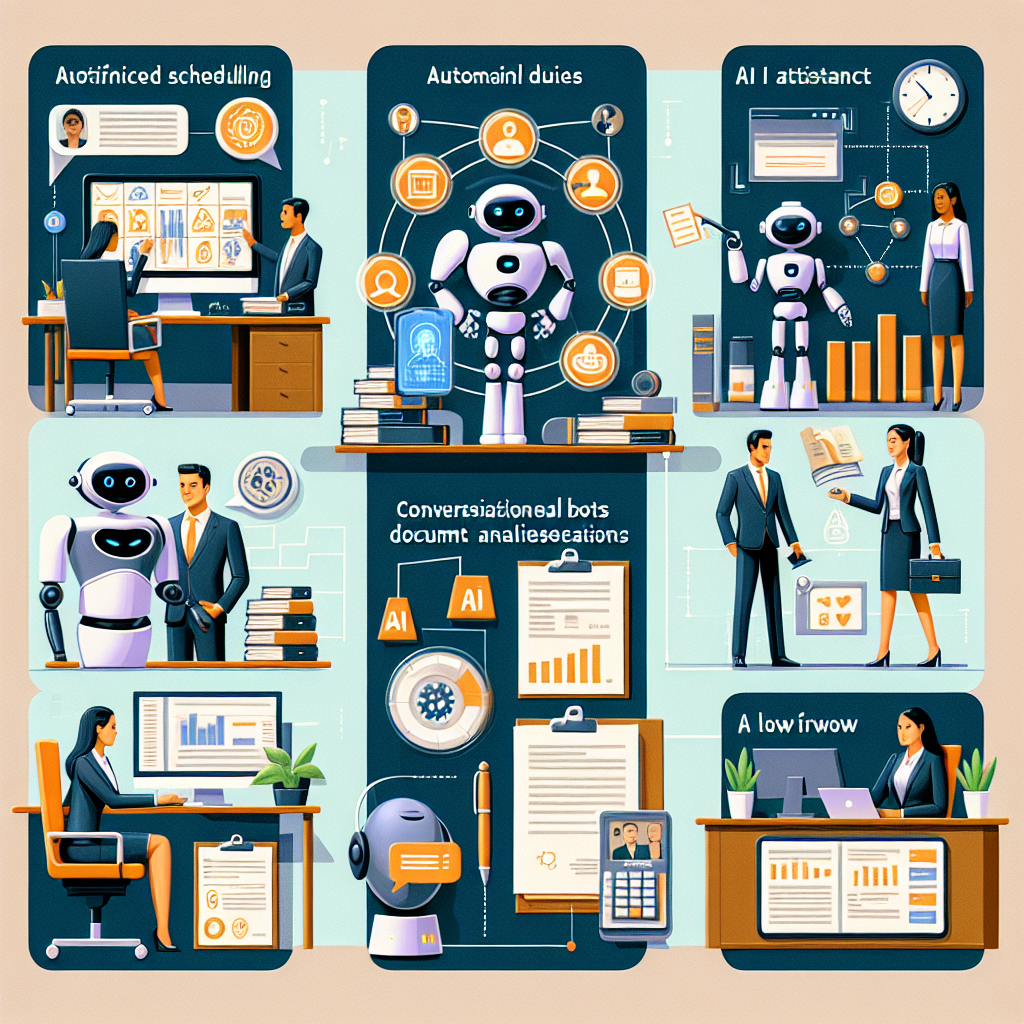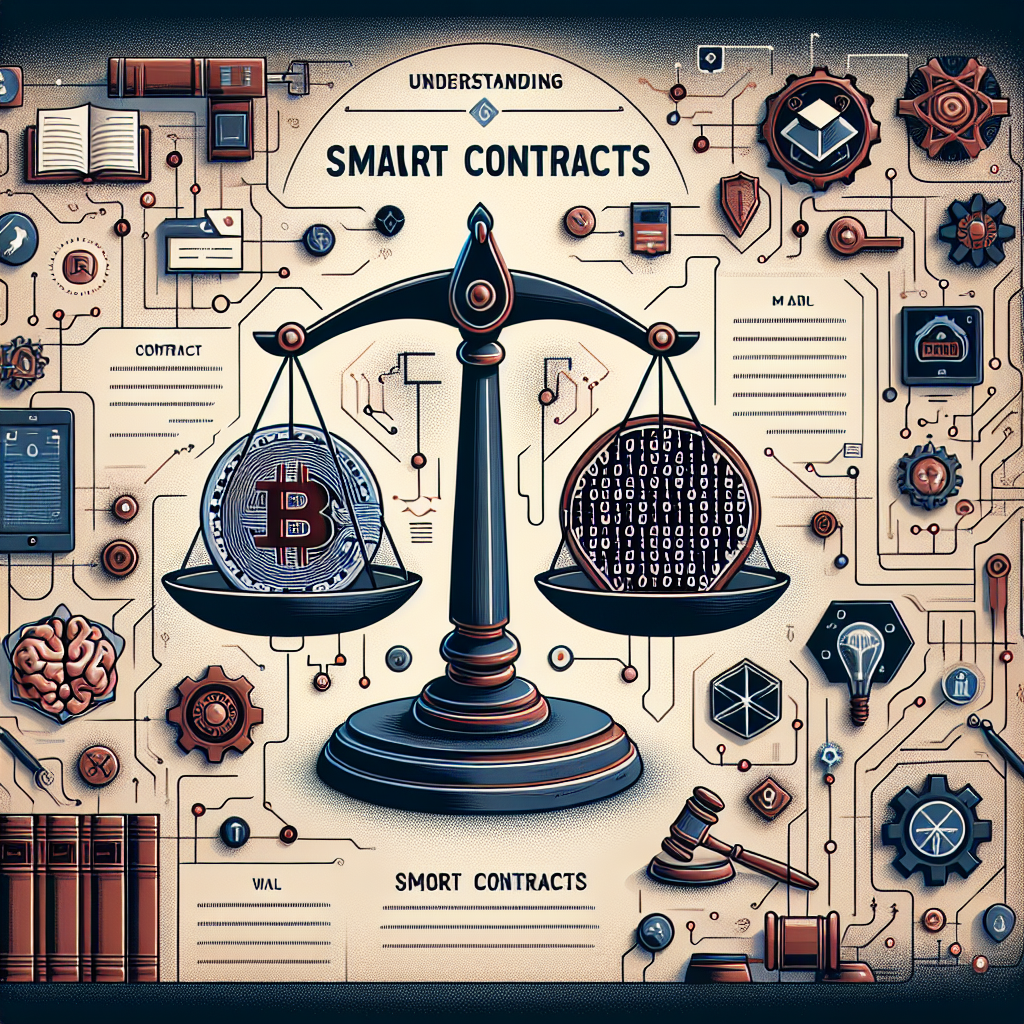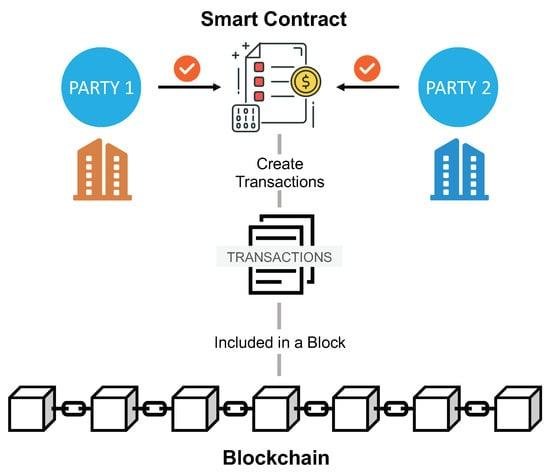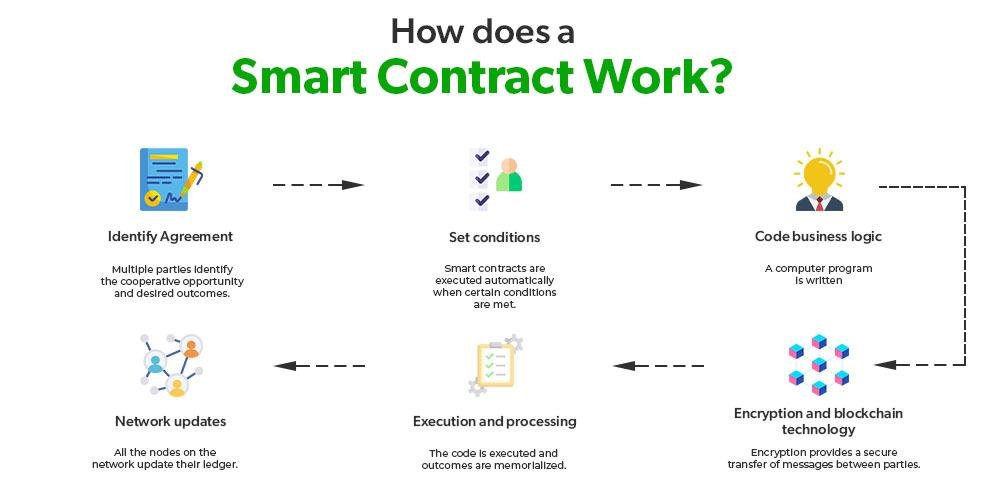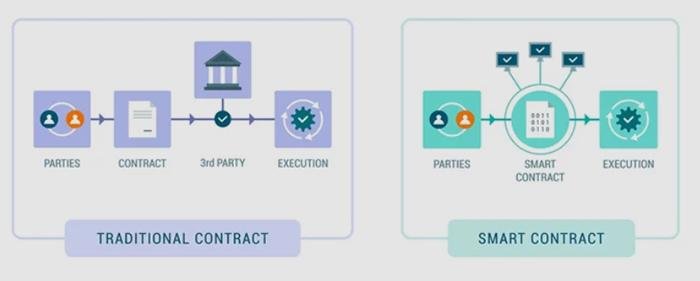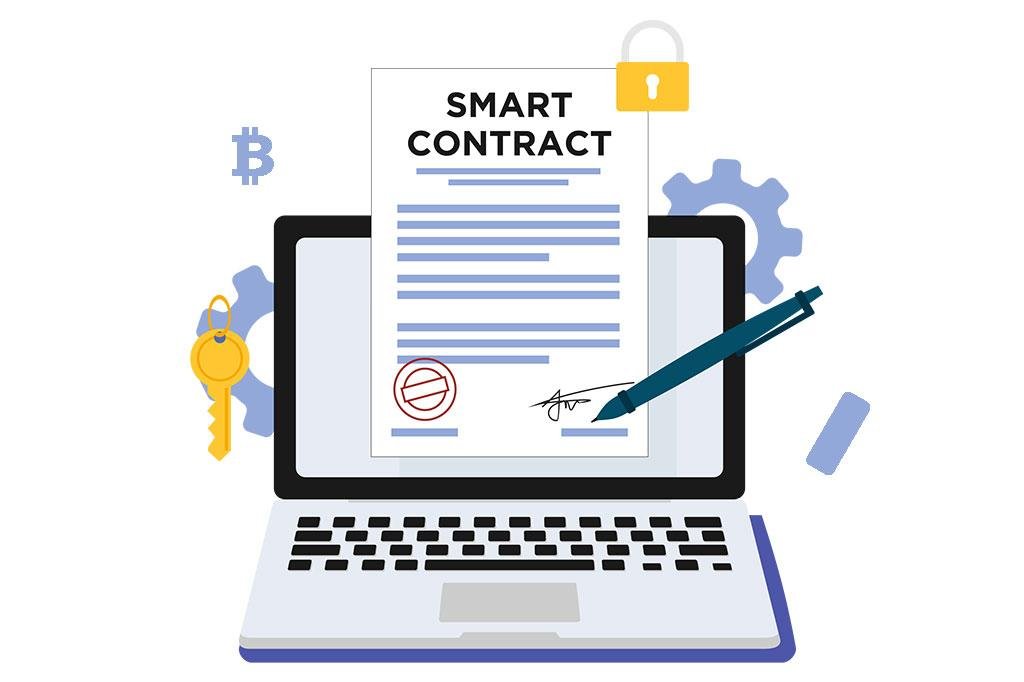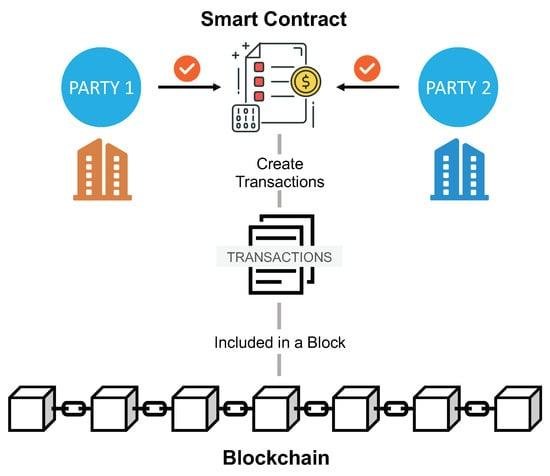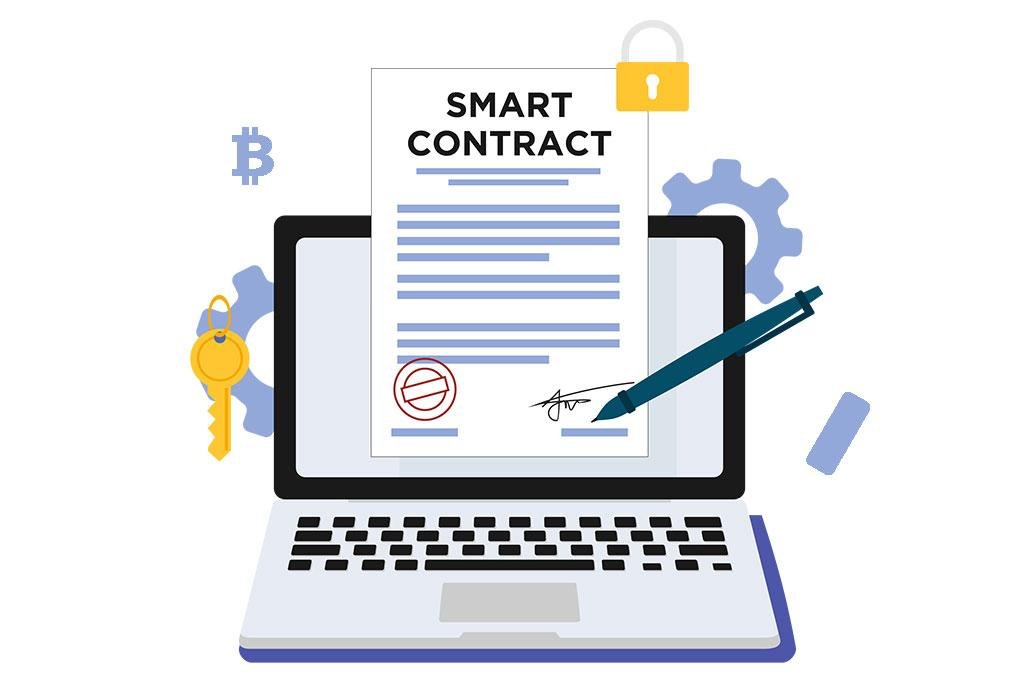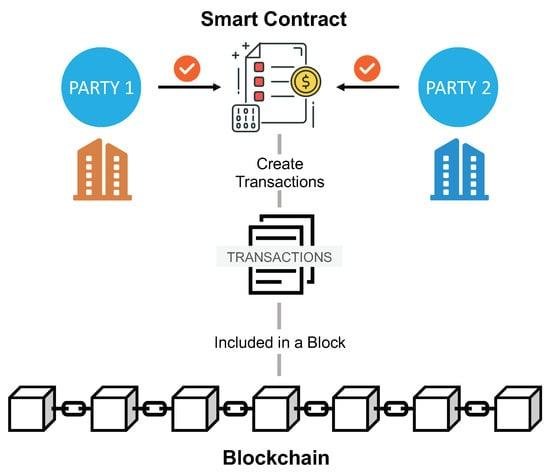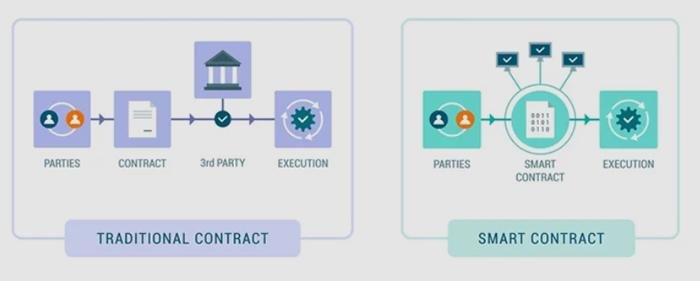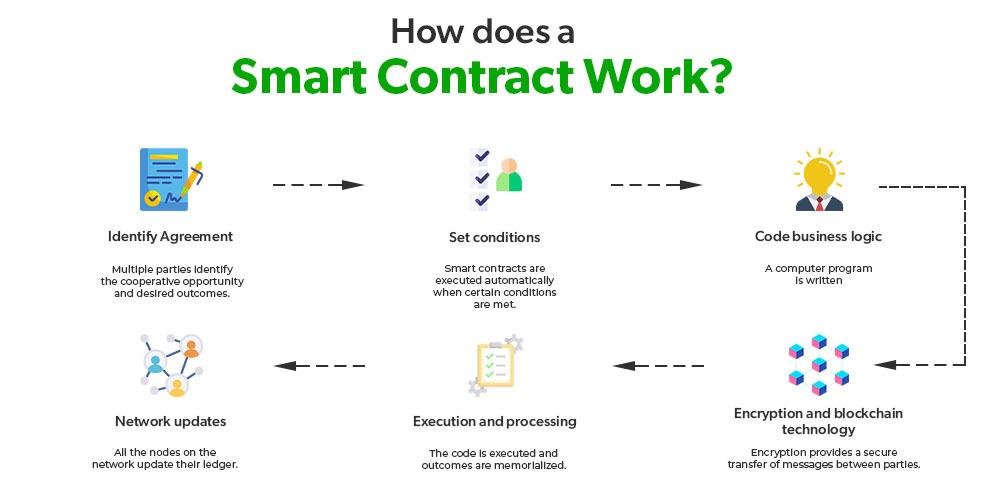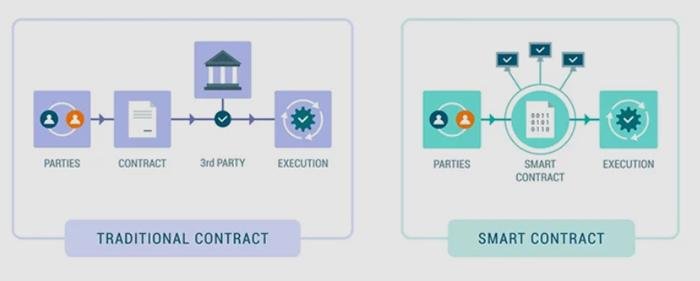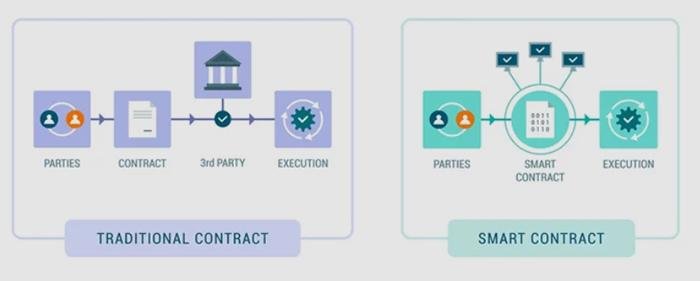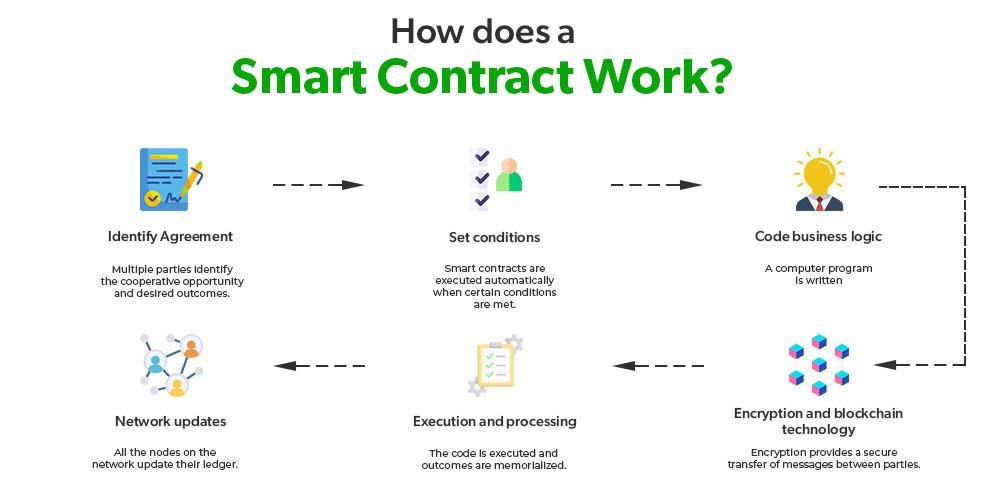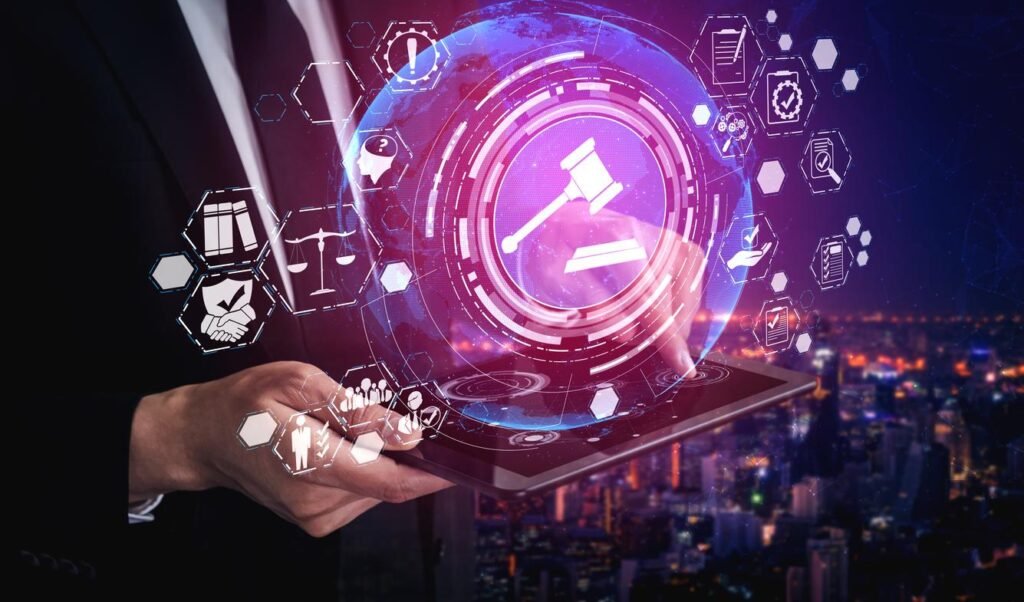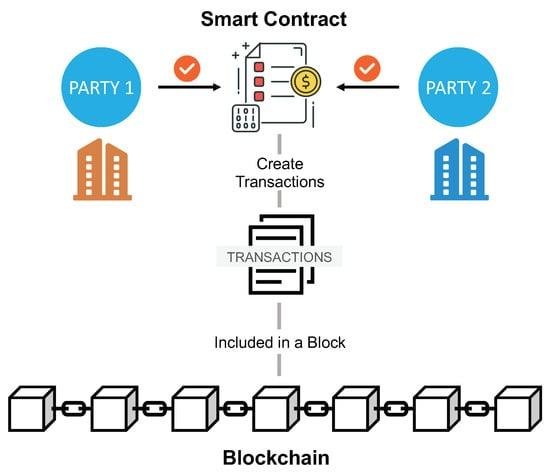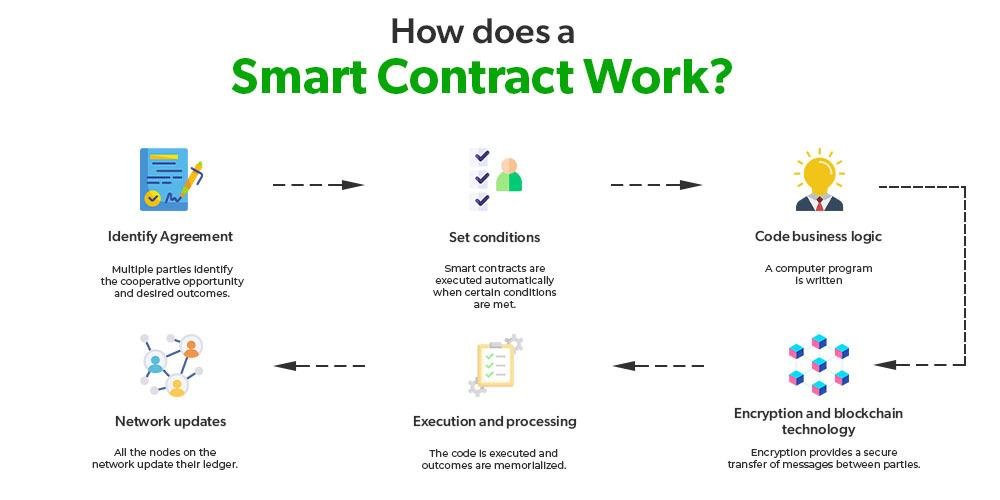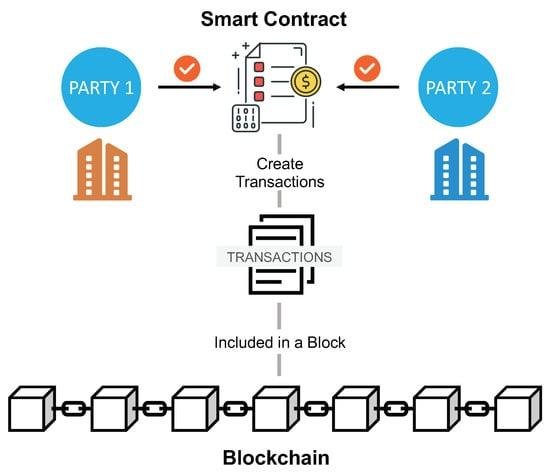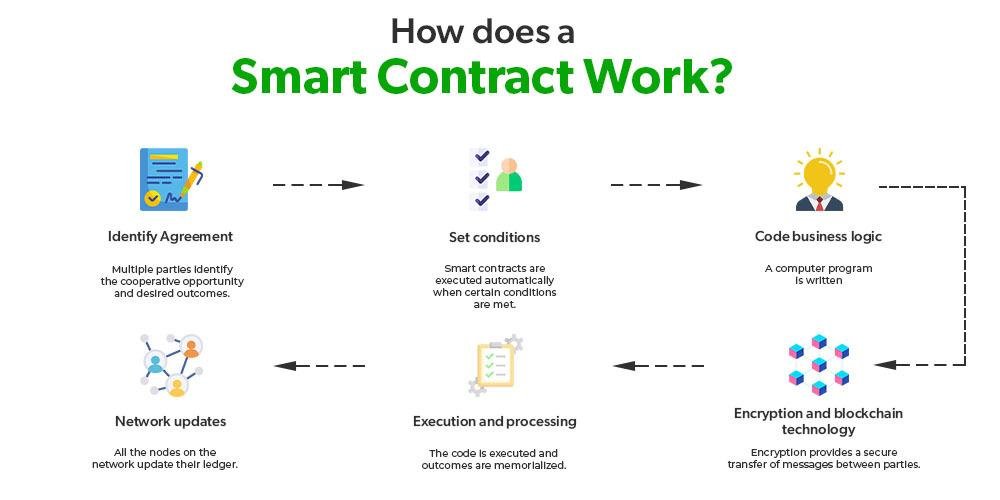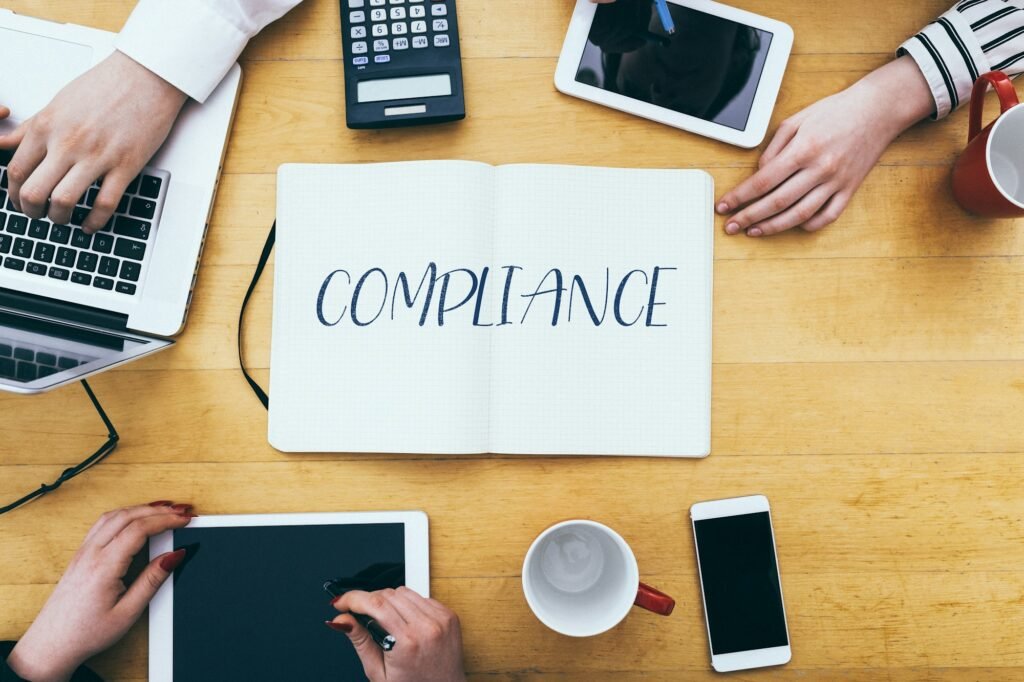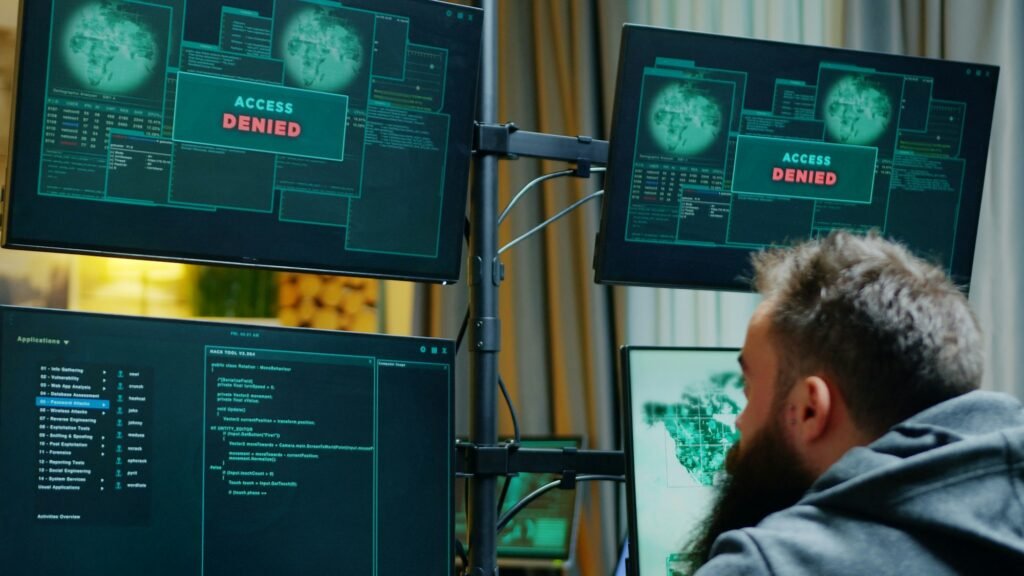How Technology is Empowering Self-Represented Litigants
How Technology is Empowering Self-Represented Litigants
In today’s rapidly evolving digital age, technology is not just a tool; it’s a powerful catalyst for change, especially in the legal field. The term "self-represented litigants" refers to individuals who choose to represent themselves in legal matters without the direct aid of a lawyer. As the courtroom becomes increasingly digital, technology is paving the way for these individuals to access justice more effectively and affordably. In this article, we delve into how technology is empowering self-represented litigants and reshaping the legal landscape.
The Rise of Self-Representation
Over the past decade, there has been a noticeable rise in the number of self-represented litigants. This trend is largely driven by the high costs of legal services, making professional representation unaffordable for many. Additionally, the availability of online resources and tools has emboldened individuals to take control of their legal journeys. However, this shift has not been without challenges, as navigating the legal system can be daunting without professional guidance.
Key Technologies Empowering Self-Represented Litigants
1. Online Legal Resources
One of the biggest technological assets for self-represented litigants is the plethora of online legal resources. Websites like LegalZoom, Avvo, and Nolo offer a variety of legal forms, articles, and advice tailored for those without a legal background. These platforms provide step-by-step guides that simplify complex legal processes, making the law more accessible to everyone.
2. Virtual Legal Clinics
Virtual legal clinics have become a game-changer for individuals seeking legal assistance. Through video conferencing tools, self-represented litigants can connect with volunteer attorneys and paralegals who offer pro bono advice and guidance. This remote accessibility ensures that even those in rural or underserved areas can receive the legal help they need.
3. Artificial Intelligence and Chatbots
Artificial Intelligence (AI) and chatbot technology are revolutionizing the way self-represented litigants interact with legal information. Tools like DoNotPay and LawDroid offer AI-driven legal assistance that can answer questions, draft documents, and even help with court filings. These platforms provide instant support, often at a fraction of the cost of traditional legal services.
4. E-Filing Systems
E-filing systems streamline the process of submitting legal documents to the court. By eliminating the need for physical paperwork, these systems save time and reduce the likelihood of errors. Self-represented litigants can easily file documents online and track their case progress, leading to a more efficient legal experience.
5. Online Dispute Resolution
Online Dispute Resolution (ODR) platforms are increasingly being integrated into court systems to resolve disputes without the need for in-person hearings. This technology allows self-represented litigants to participate in mediation or arbitration from the comfort of their homes, making the dispute resolution process more convenient and less intimidating.
Overcoming Challenges with Technology
While technology offers significant advantages, it also presents challenges for self-represented litigants. The digital divide remains a barrier, as not all individuals have equal access to the internet or digital devices. Additionally, understanding and effectively utilizing technology can be difficult for those who are not tech-savvy.
To address these issues, courts and legal organizations are working to provide public access terminals and digital literacy programs. These initiatives aim to bridge the gap and ensure that all self-represented litigants can benefit from technological advancements.
The Future of Self-Representation
As technology continues to evolve, the landscape for self-represented litigants will become even more promising. Innovations such as blockchain for secure transactions and augmented reality for virtual courtrooms are on the horizon, offering even greater possibilities for access to justice.
In conclusion, technology is at the forefront of empowering self-represented litigants, transforming the way individuals engage with the legal system. By breaking down barriers and providing accessible resources, technology is making it possible for more people to achieve fair and equitable legal outcomes. As we move forward, continued advancements will further democratize the legal process, ensuring that justice is truly accessible for all.
By focusing on the impact of technology on self-represented litigants, this article aims to capture the interest of individuals seeking information on this topic. By adhering to SEO best practices, including the use of relevant keywords, subheadings, and engaging content, it is designed to rank well in search engine results and provide valuable insights to readers.



